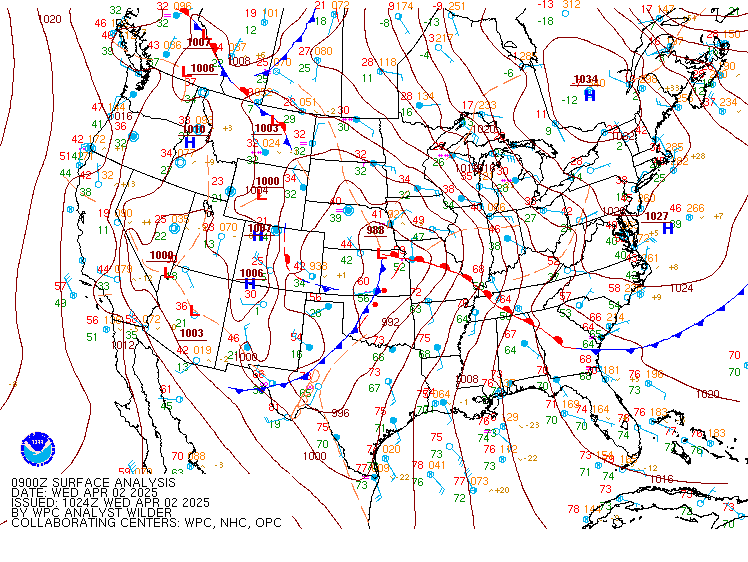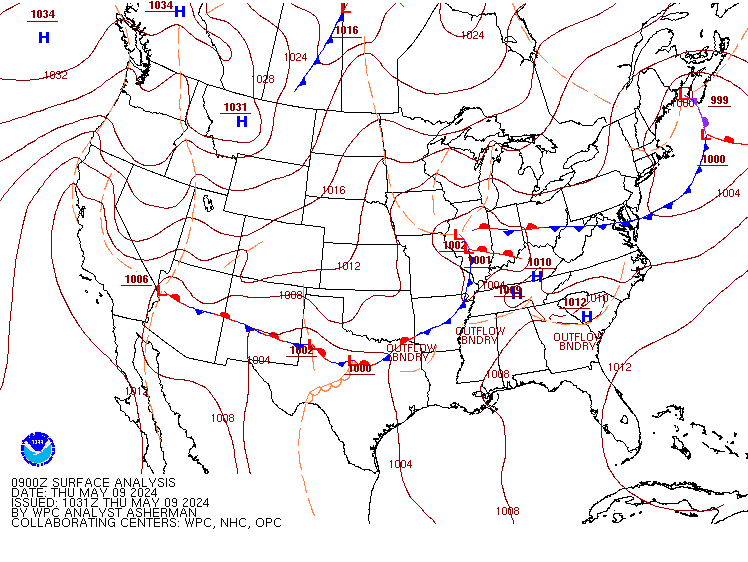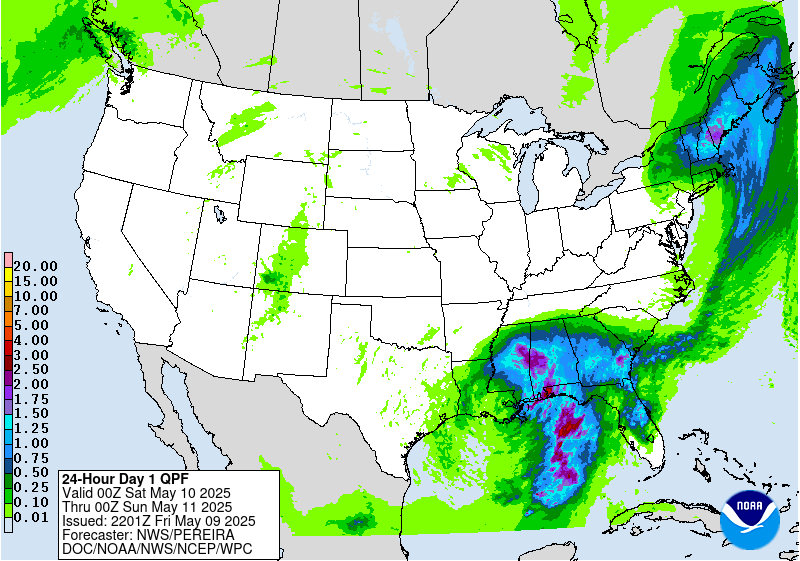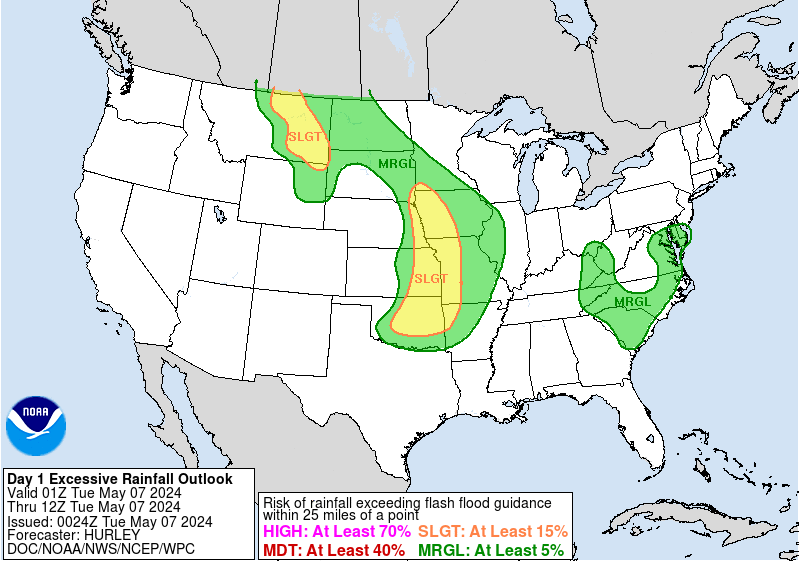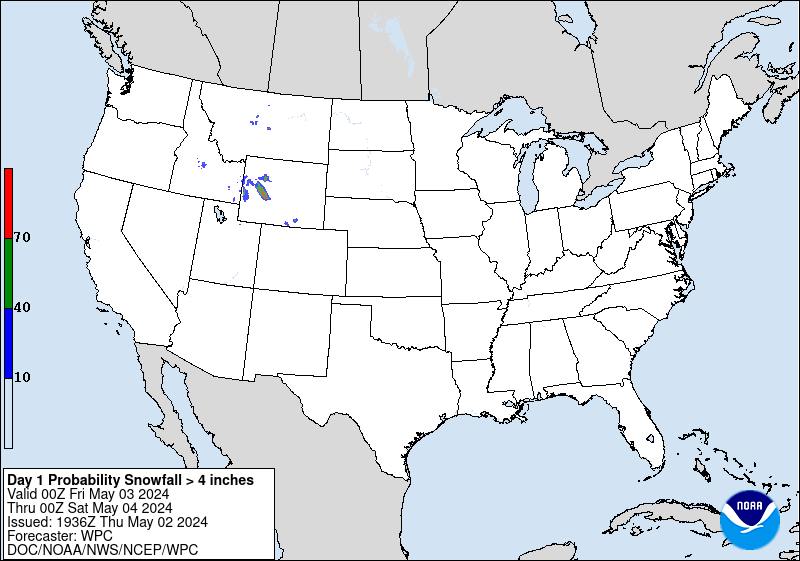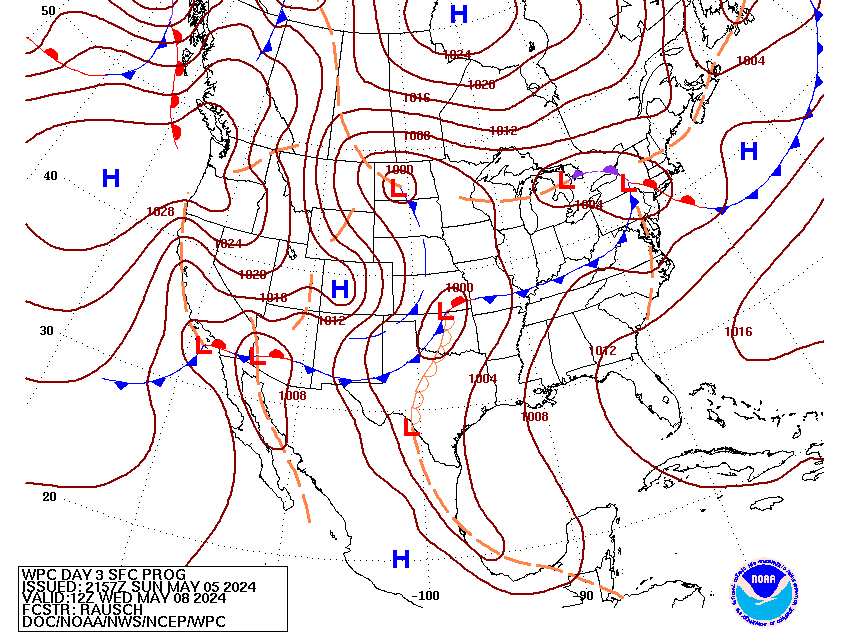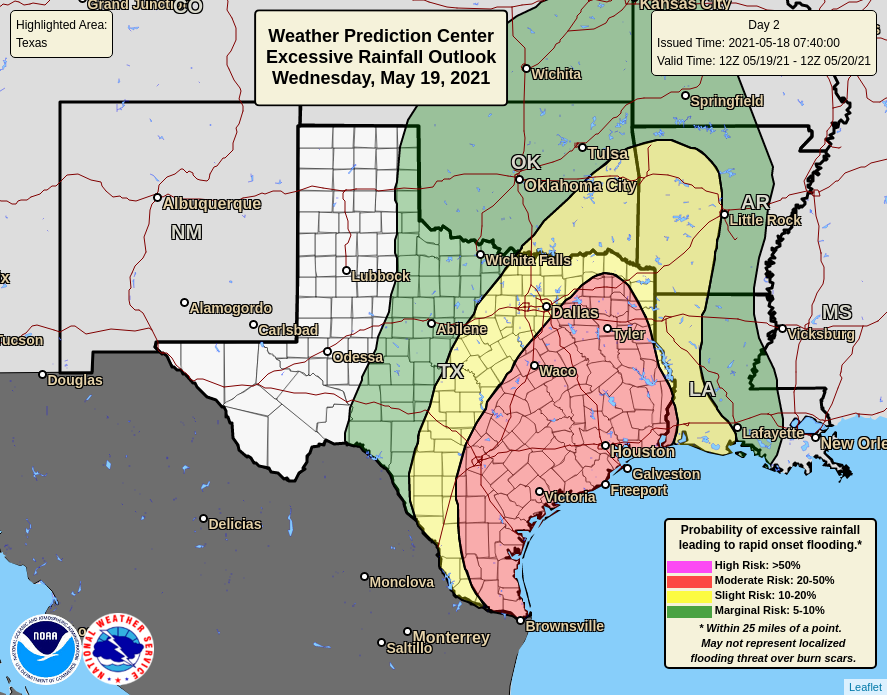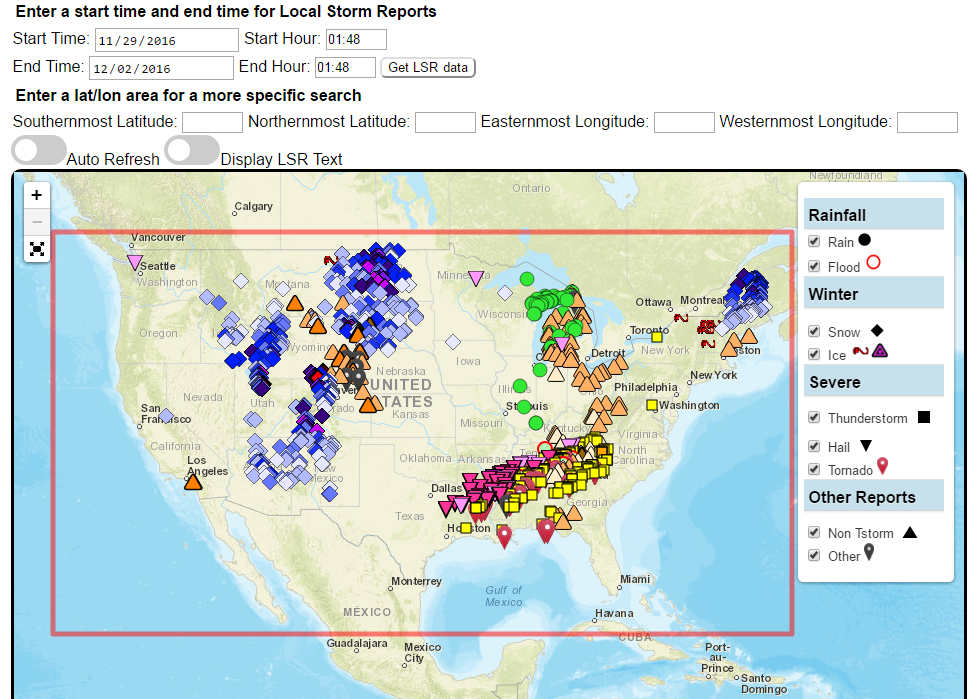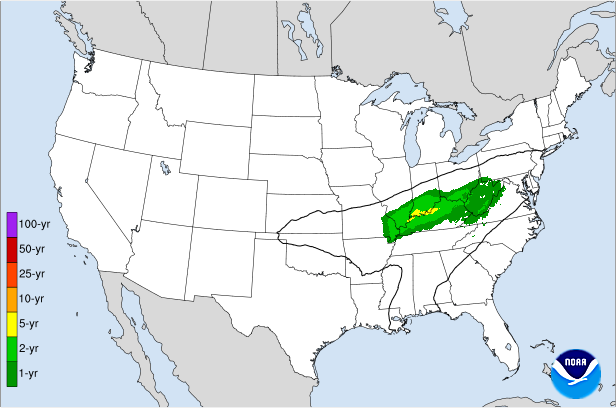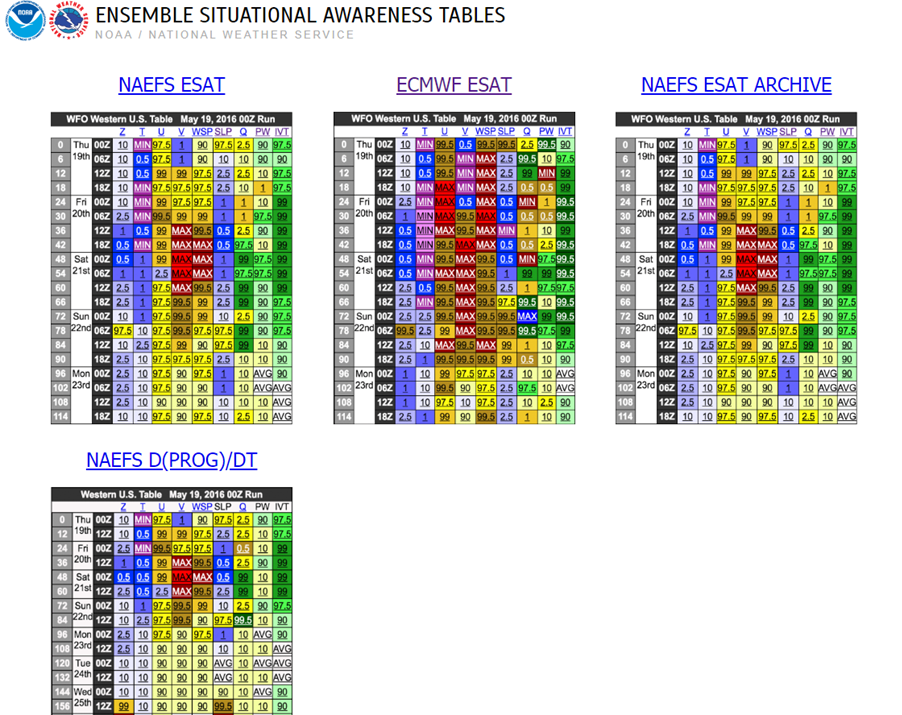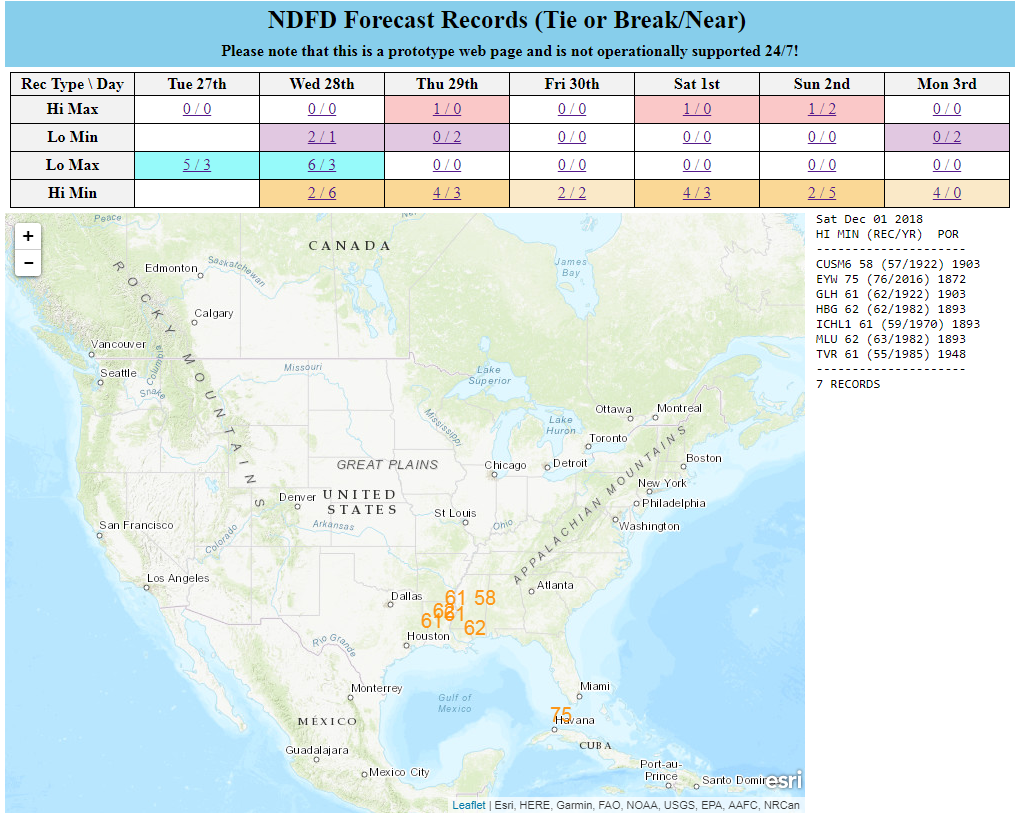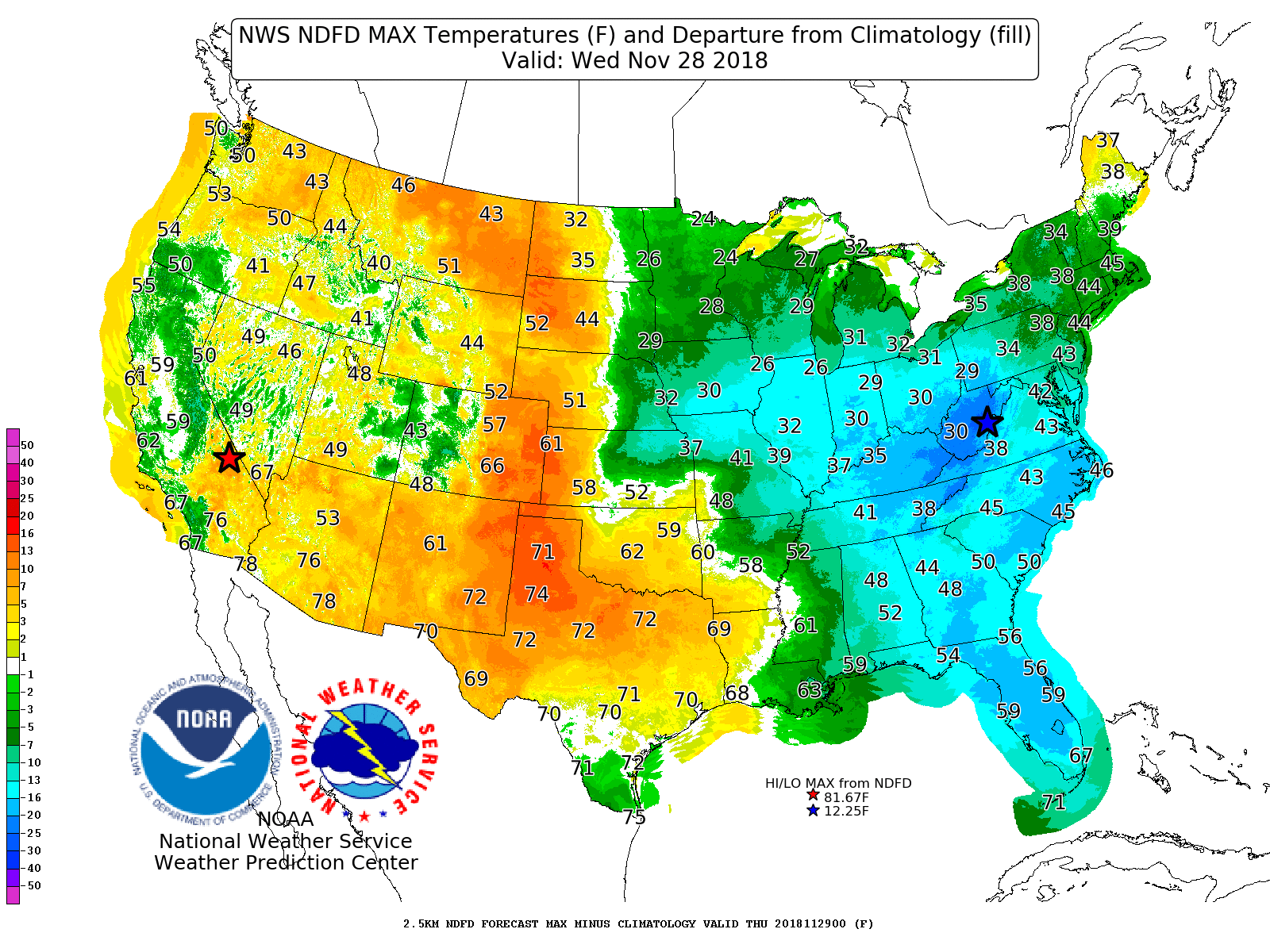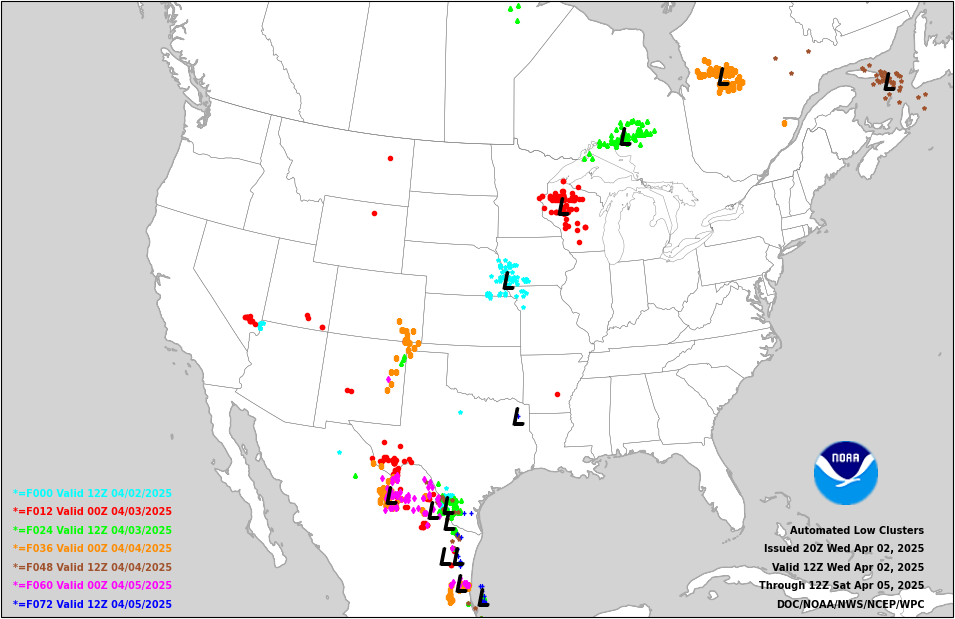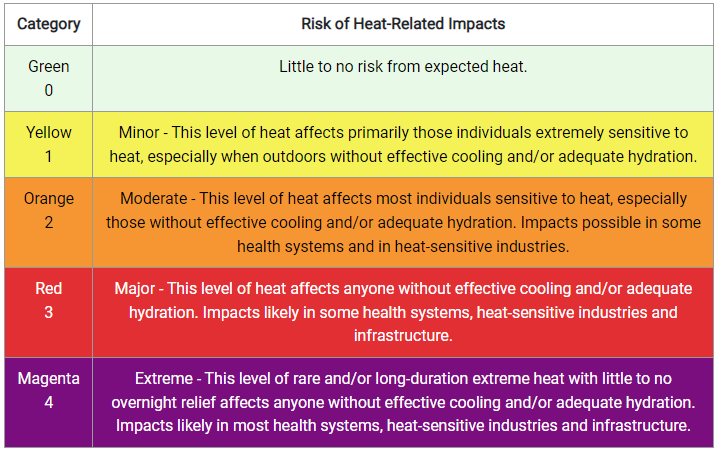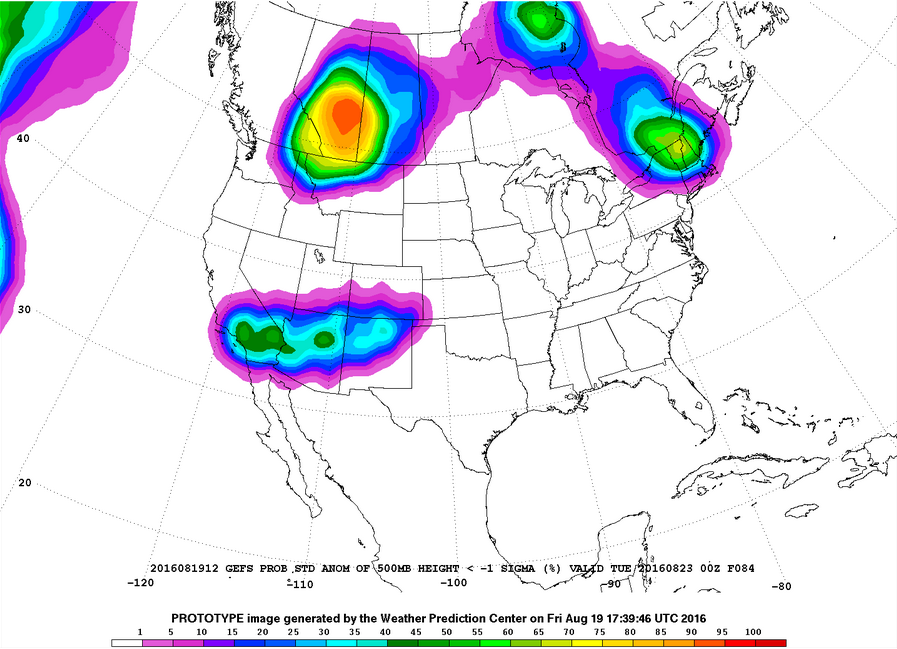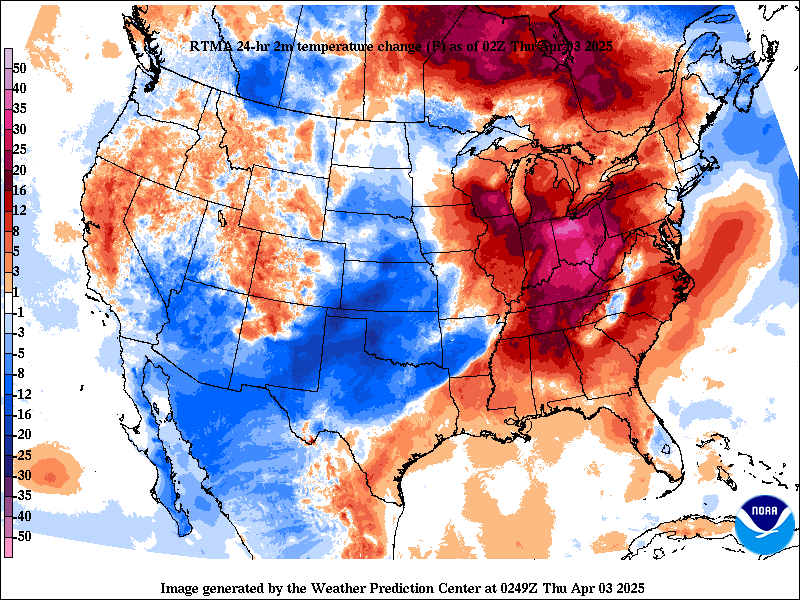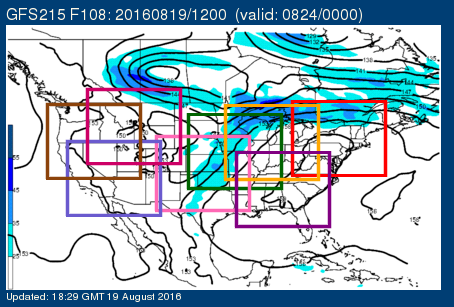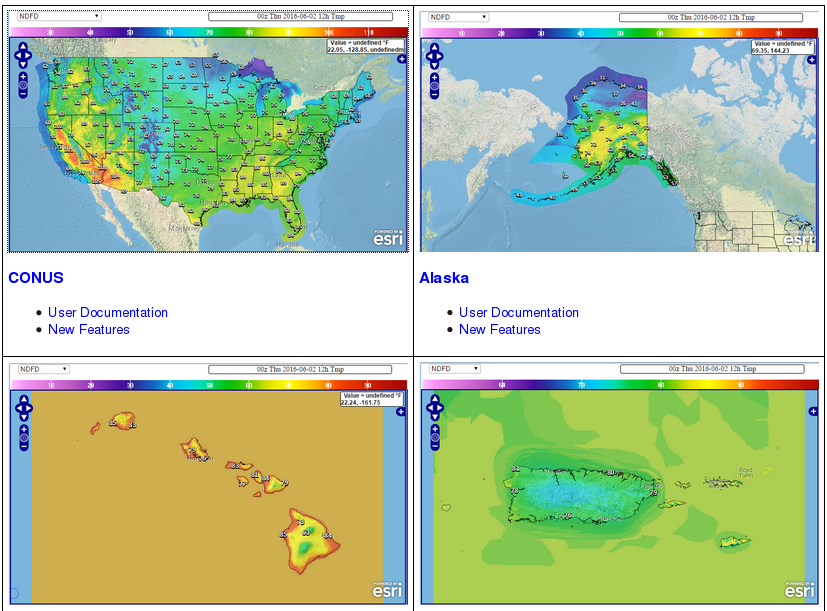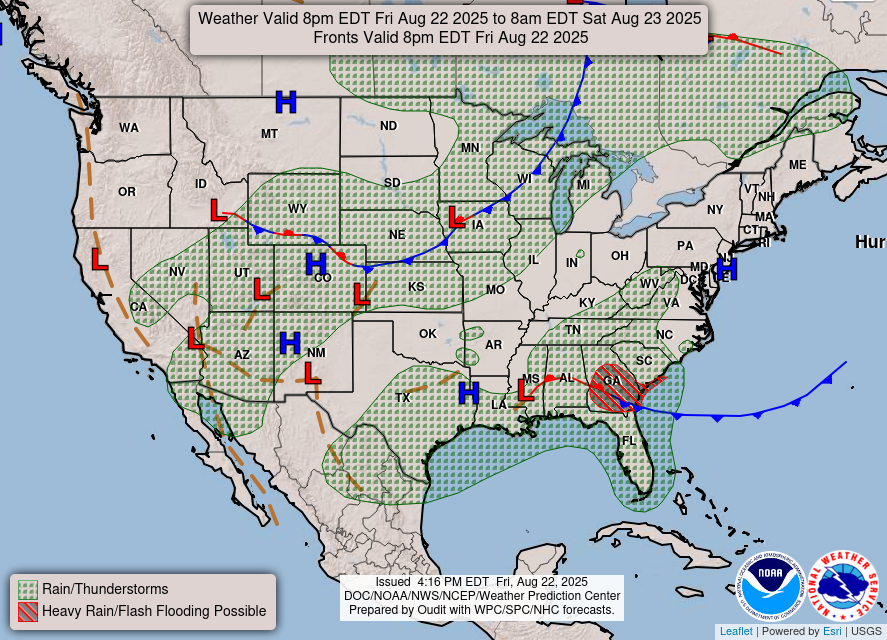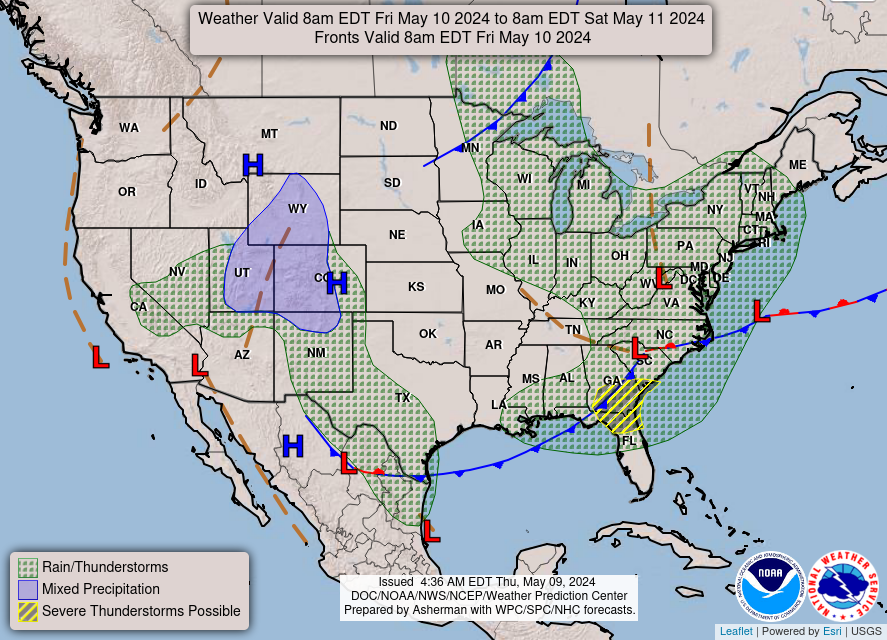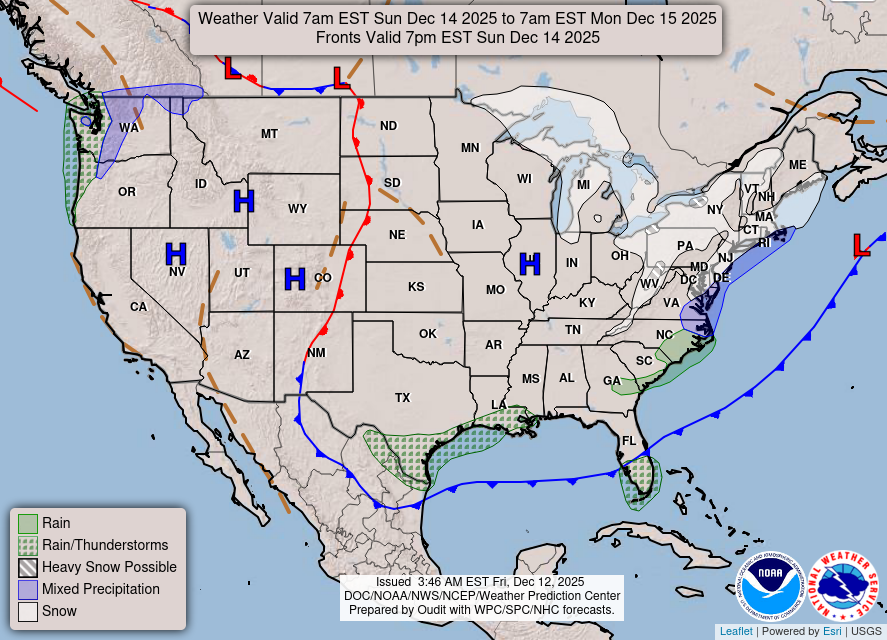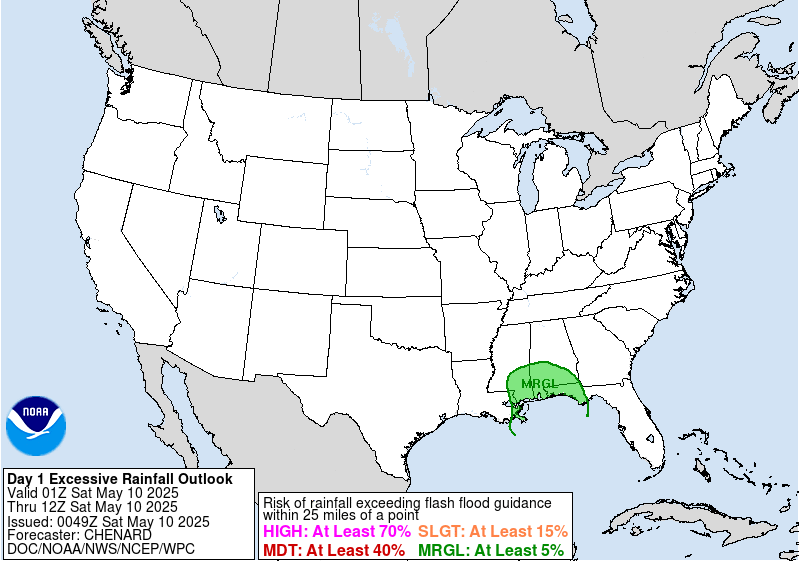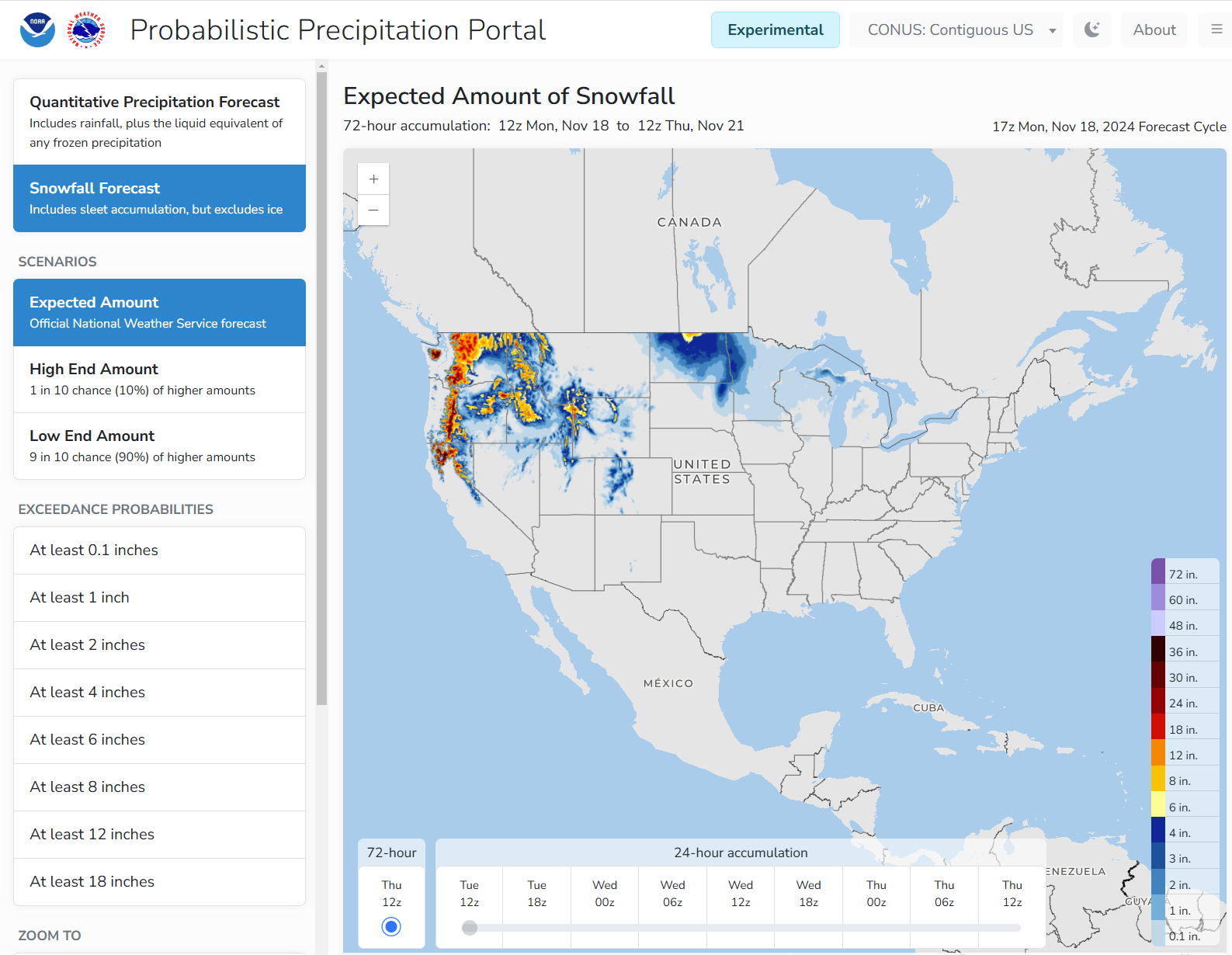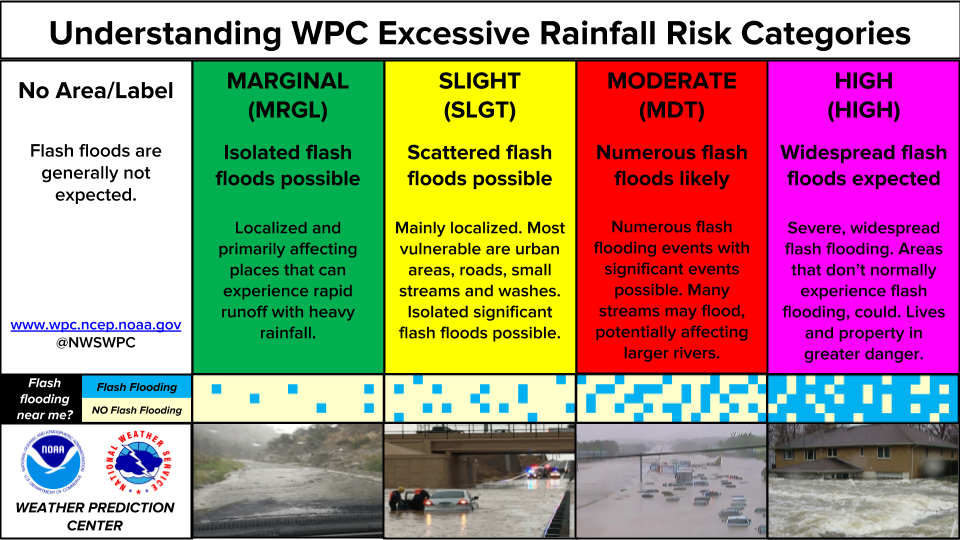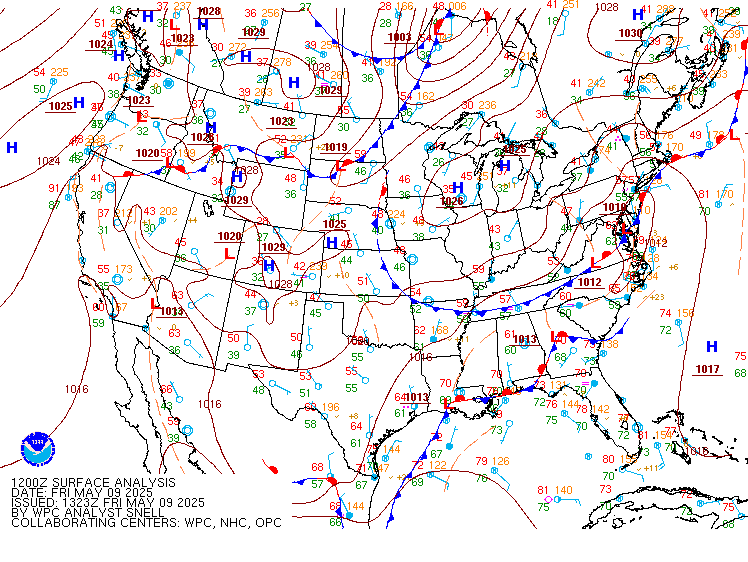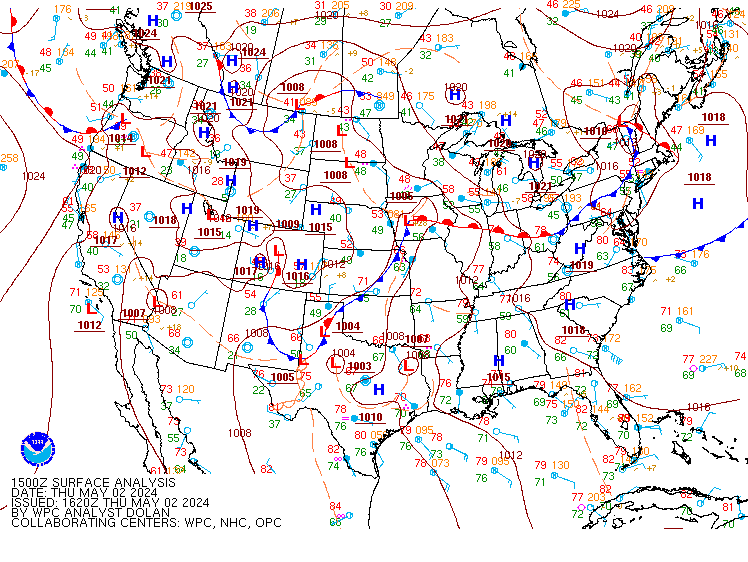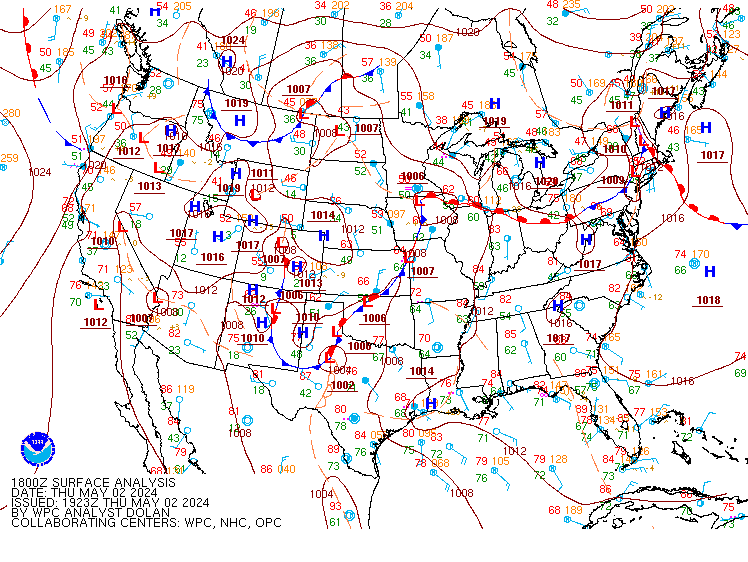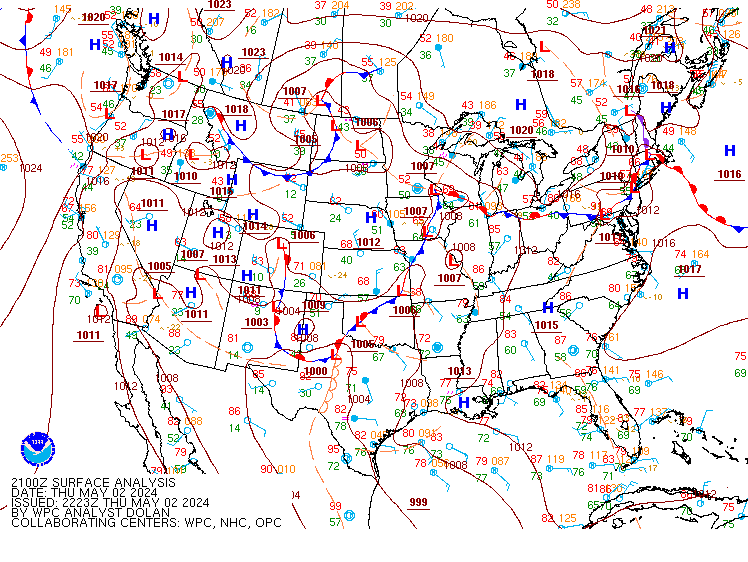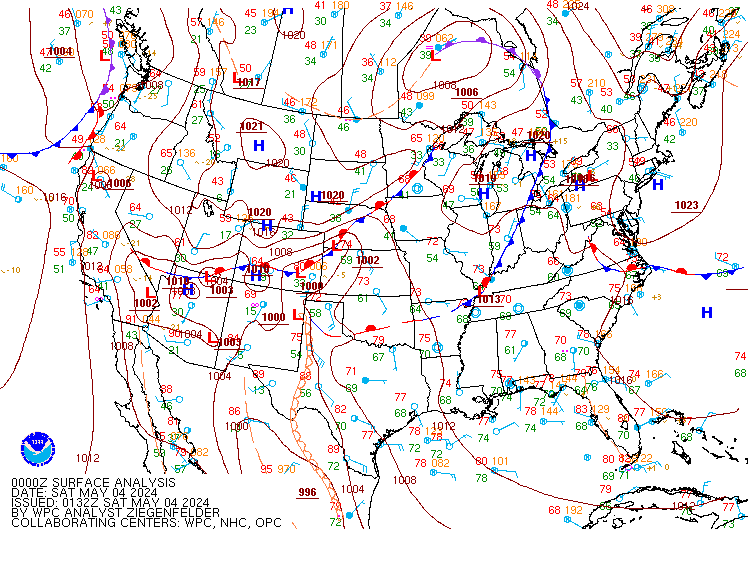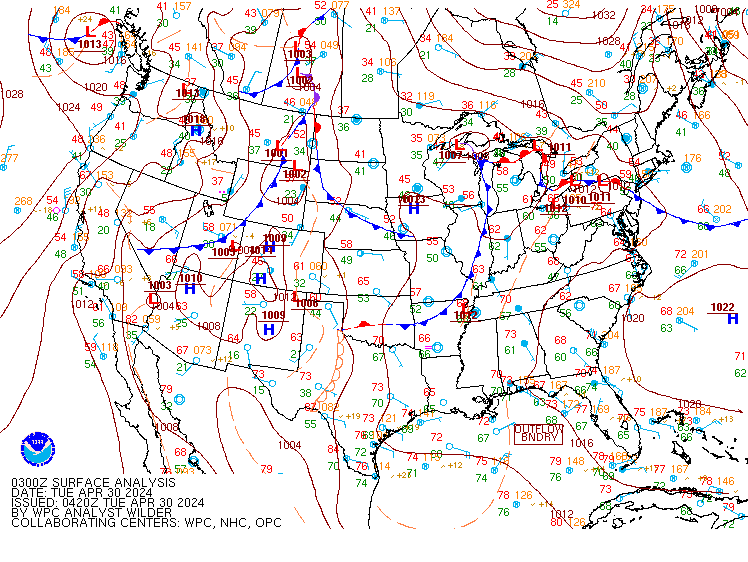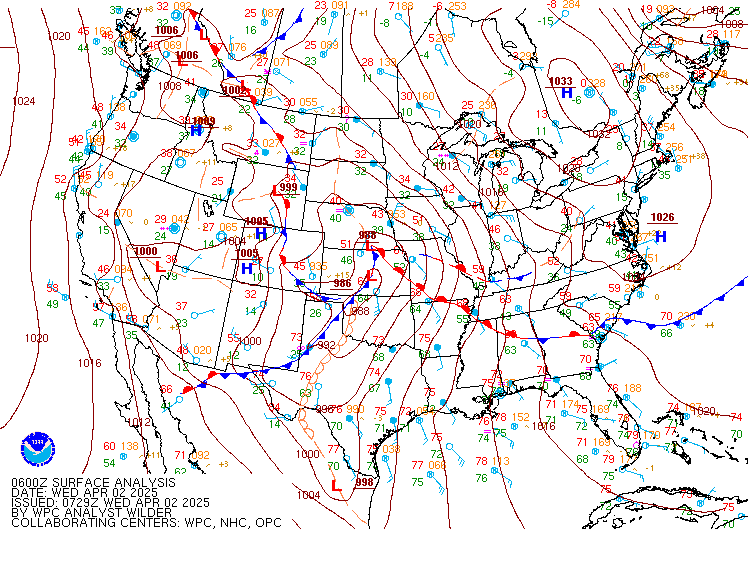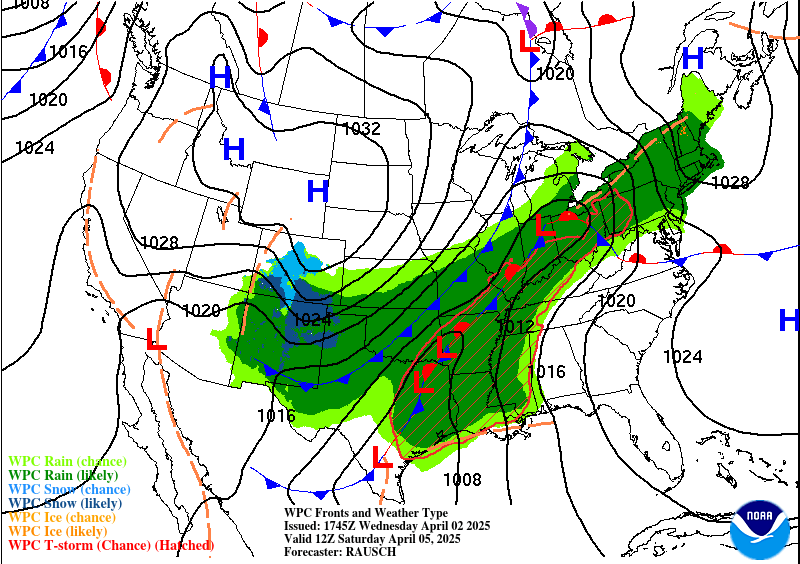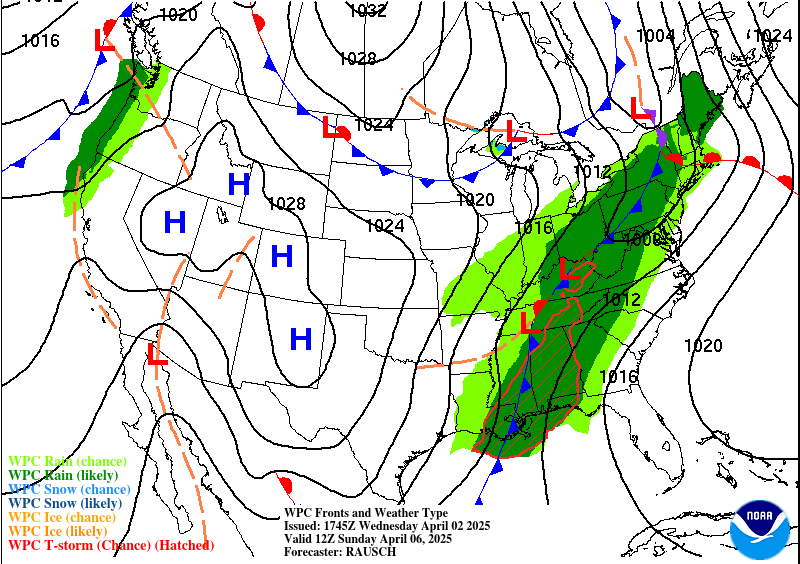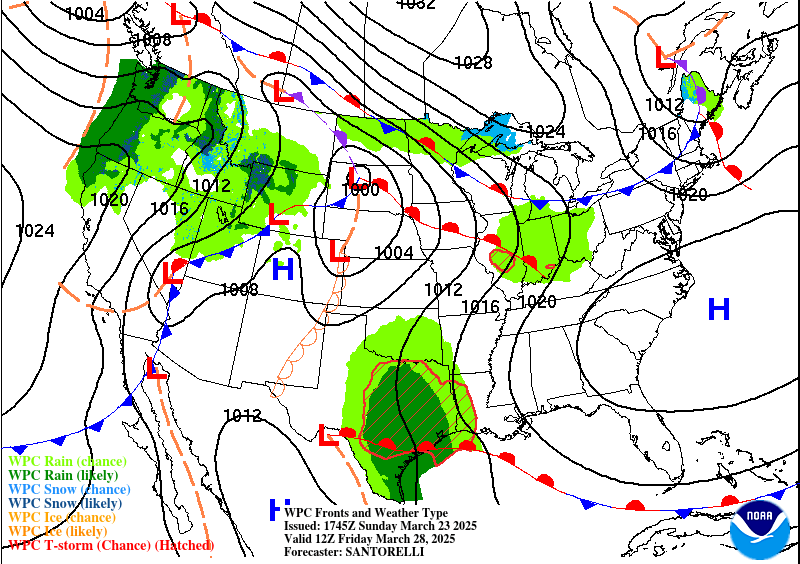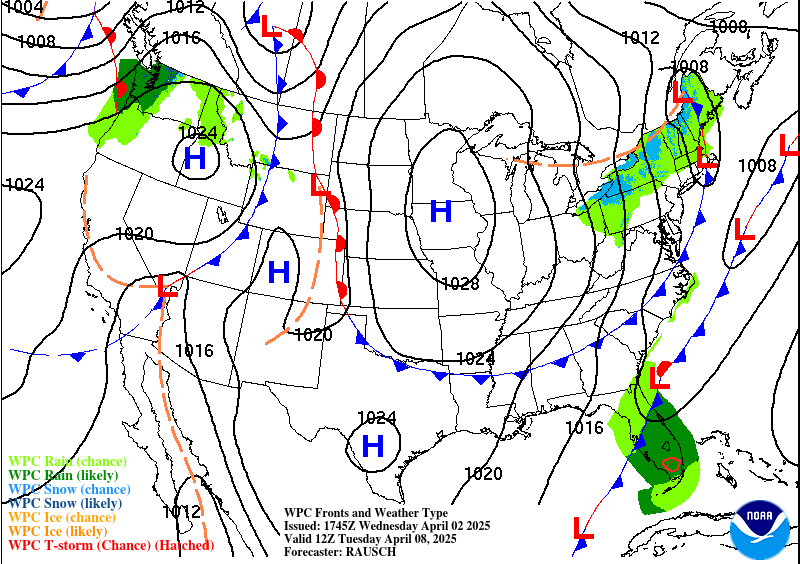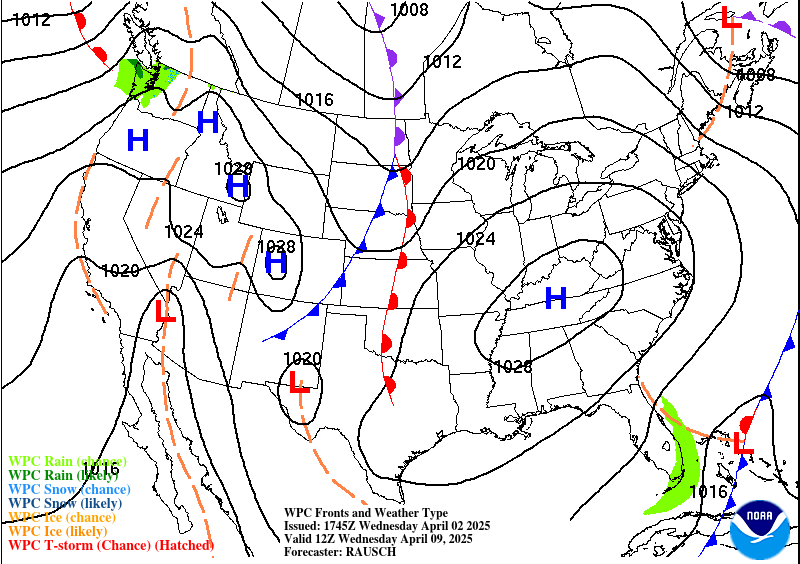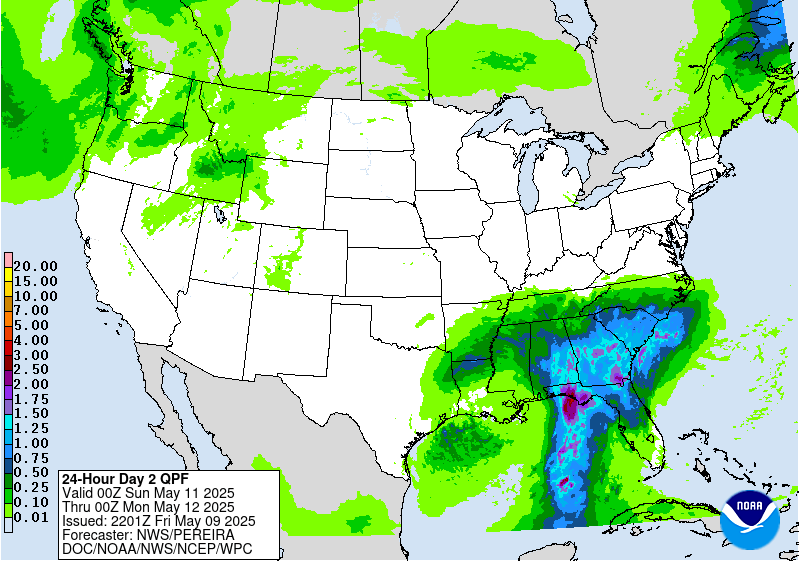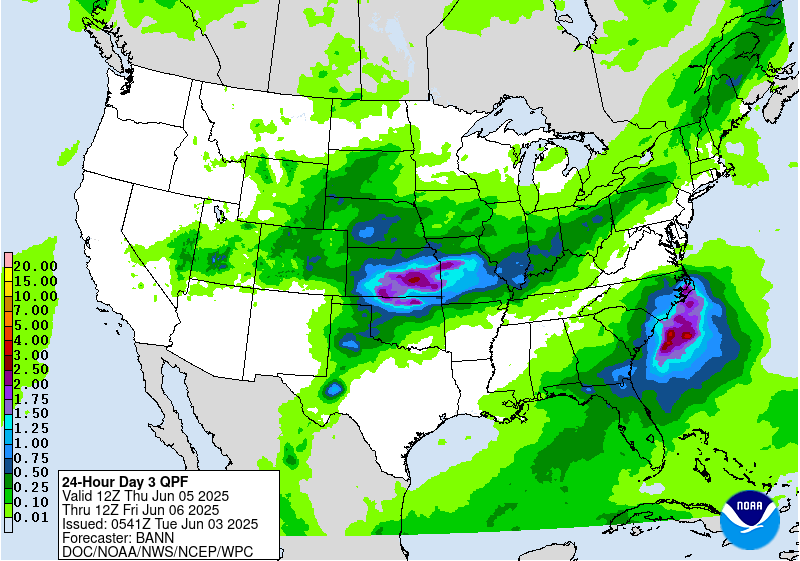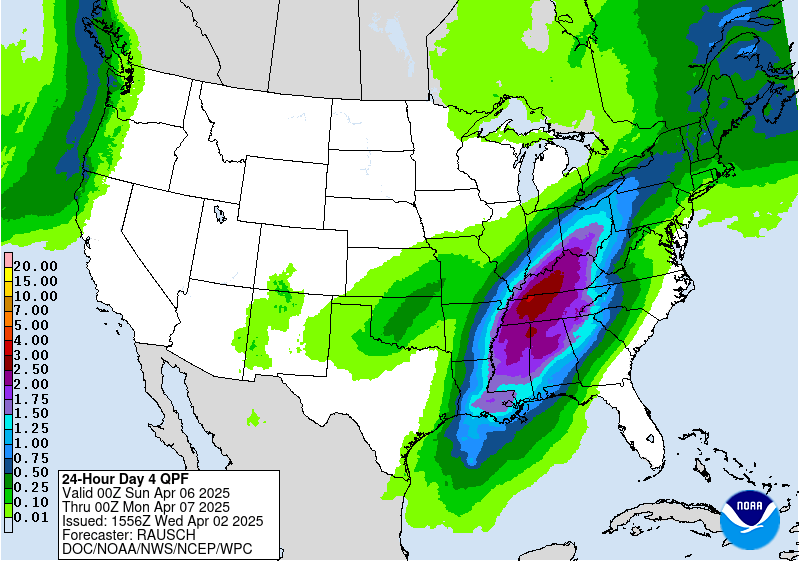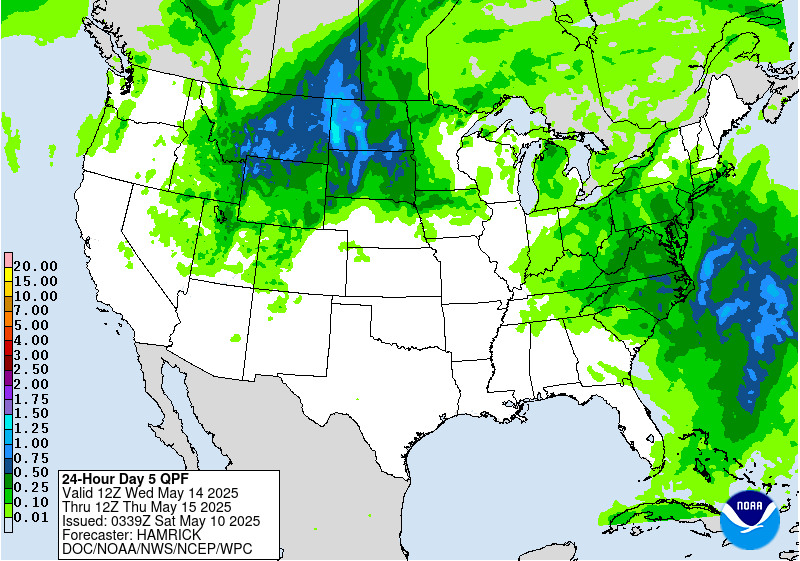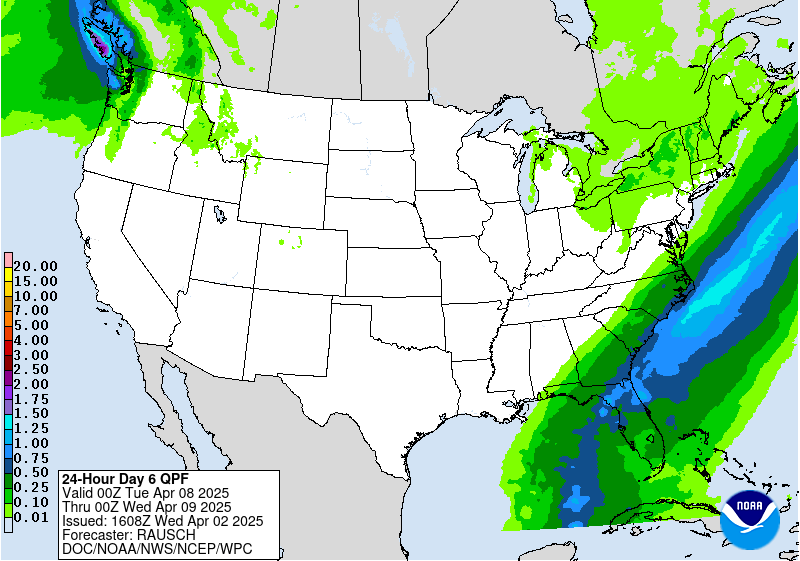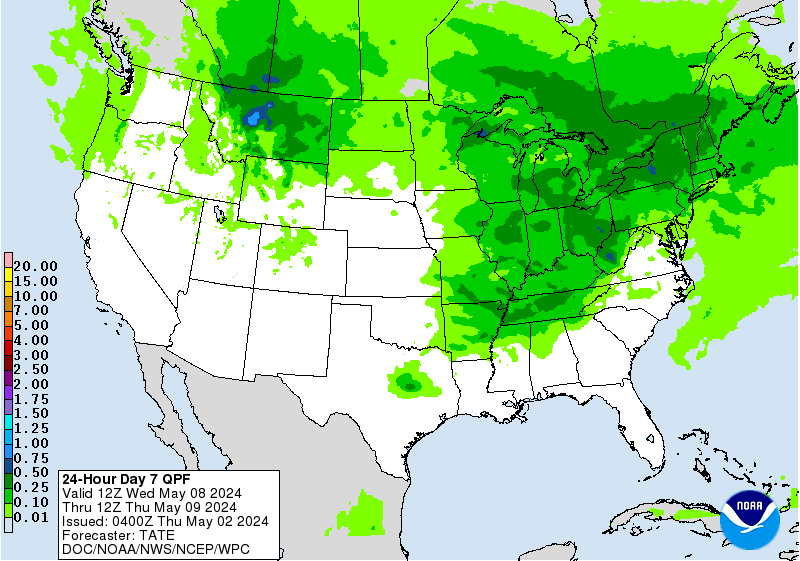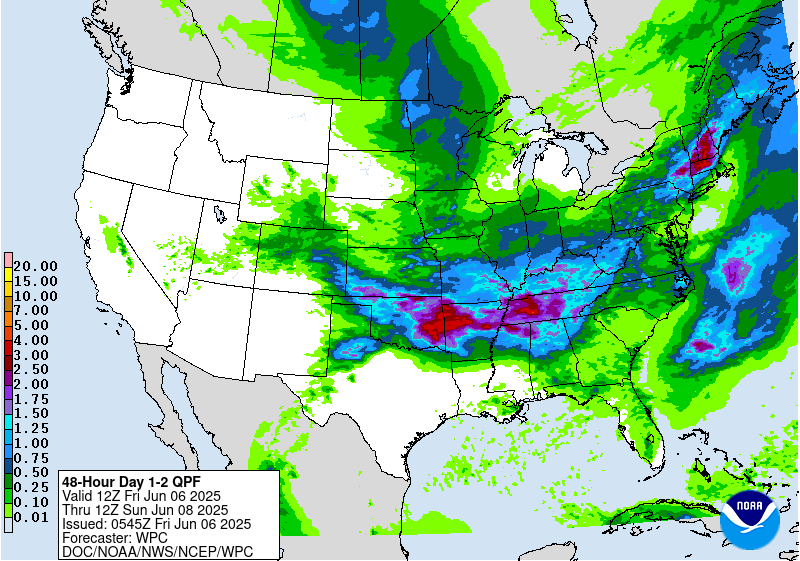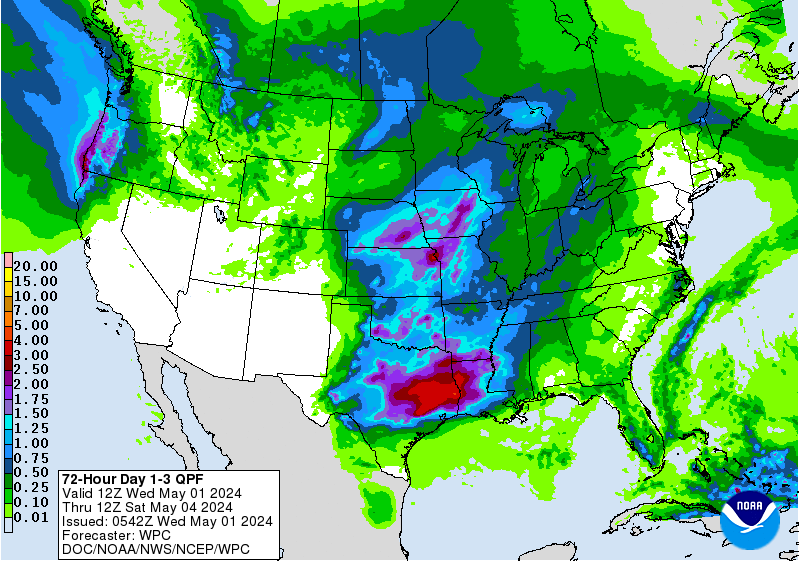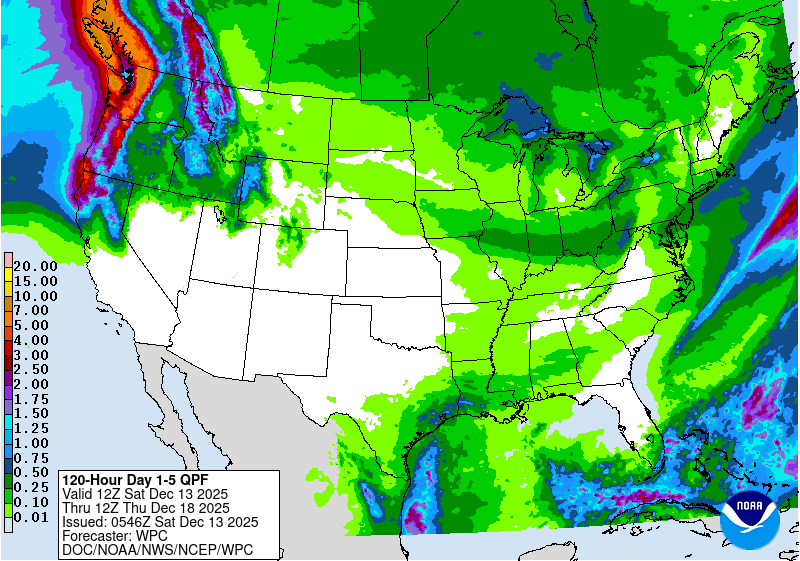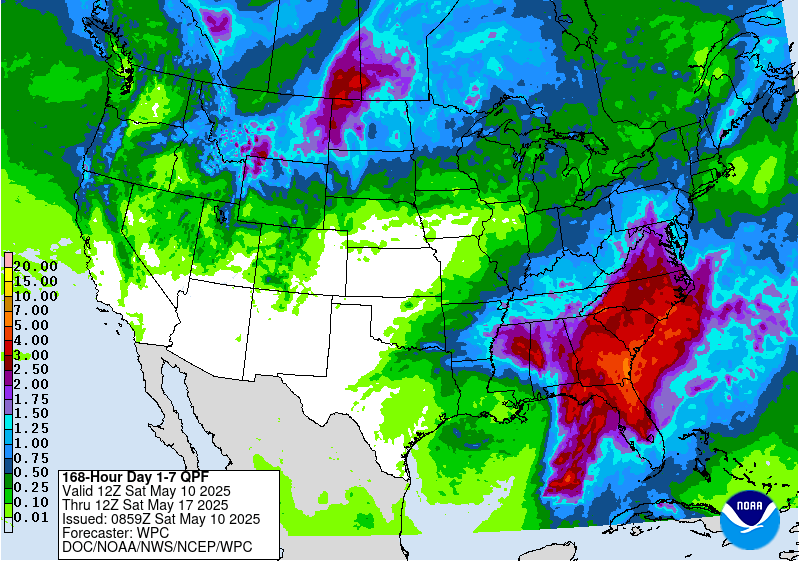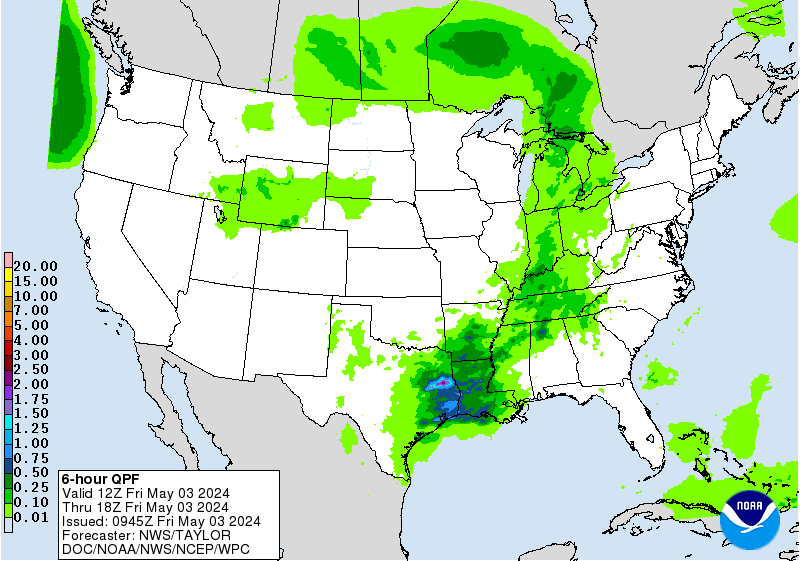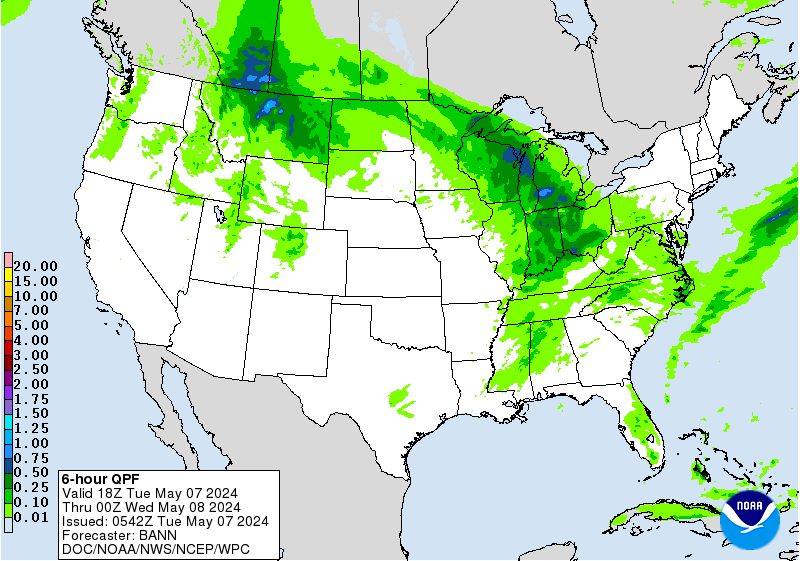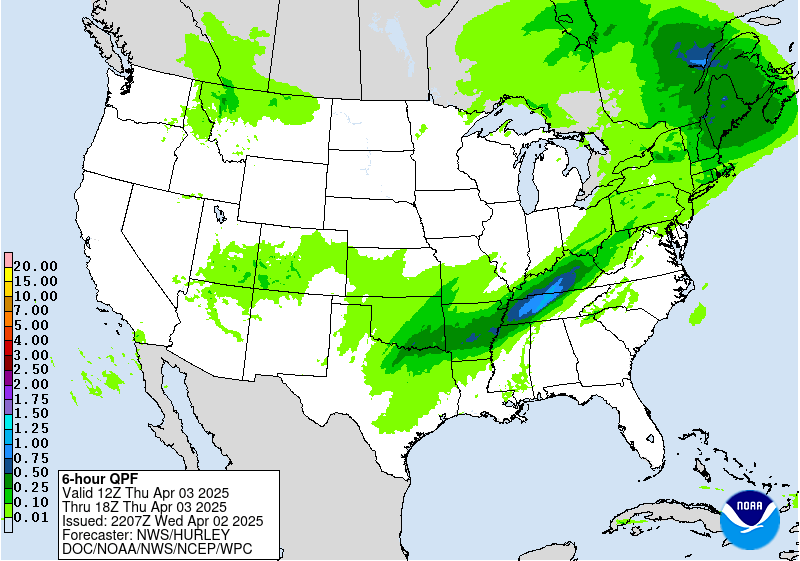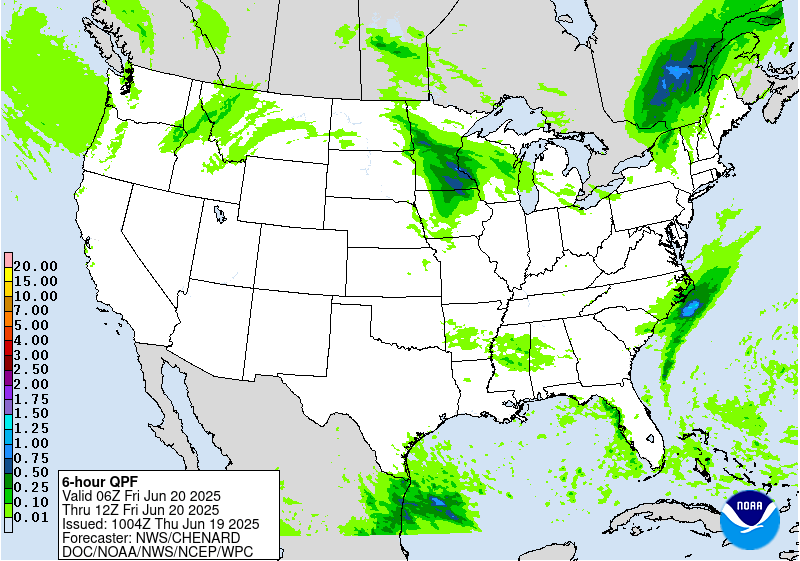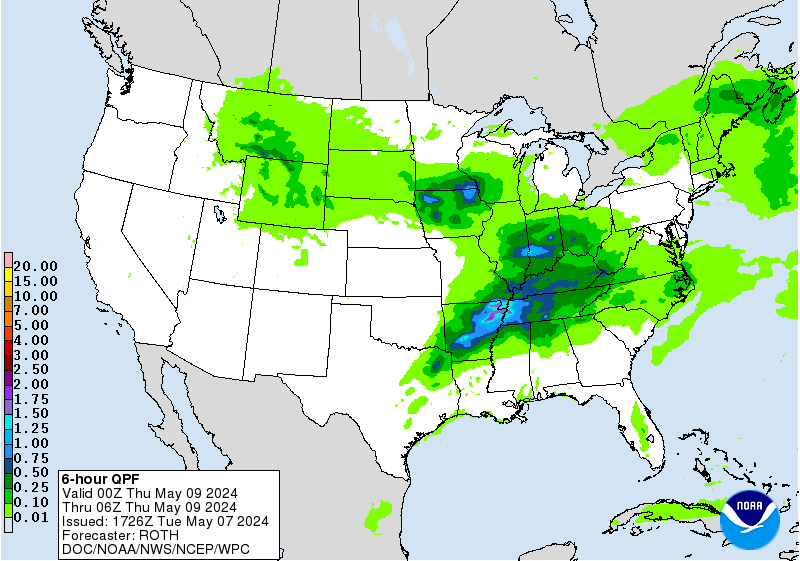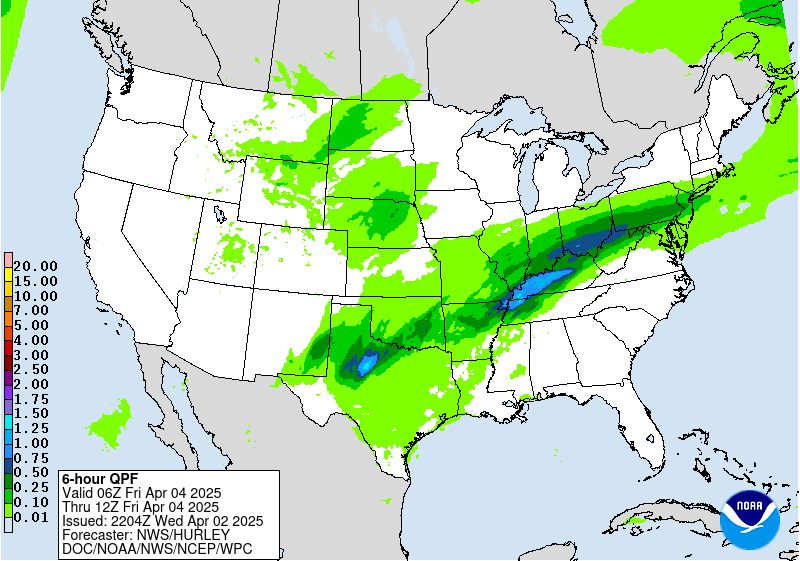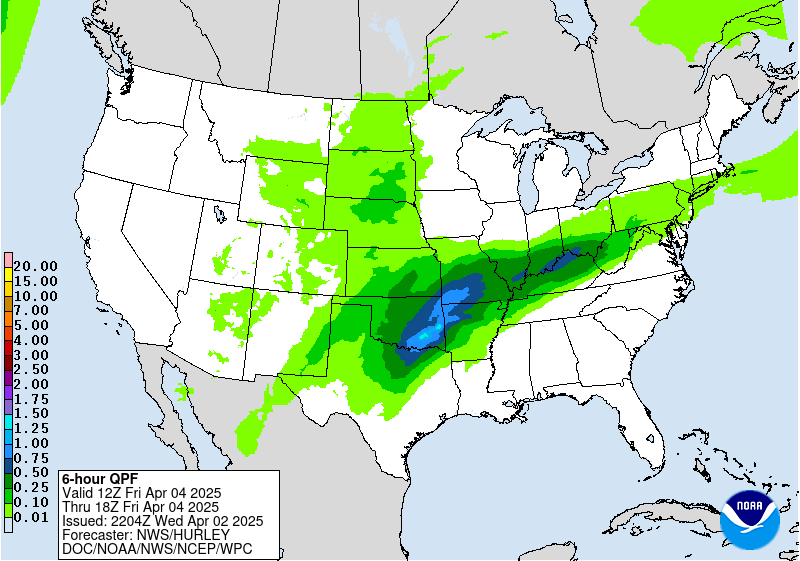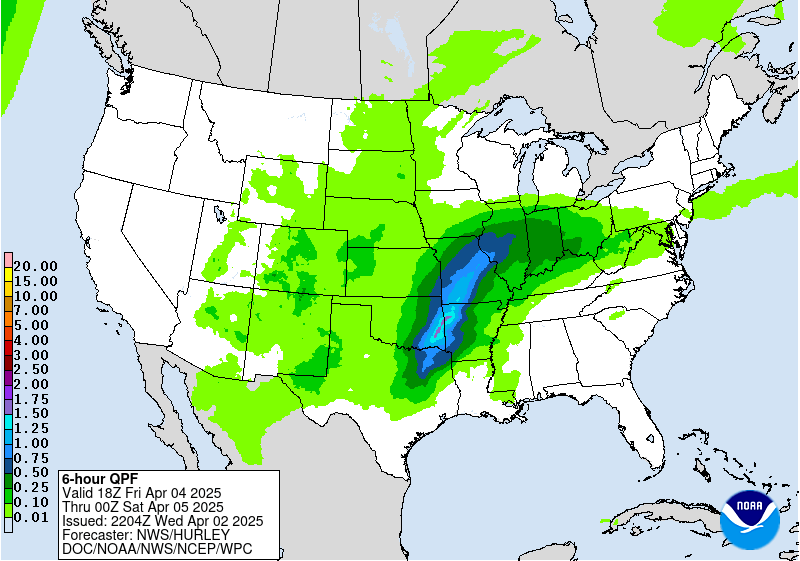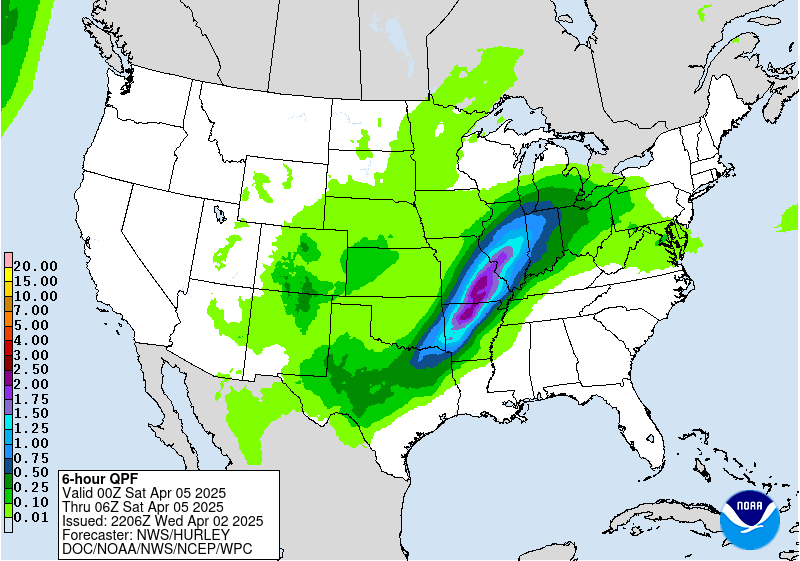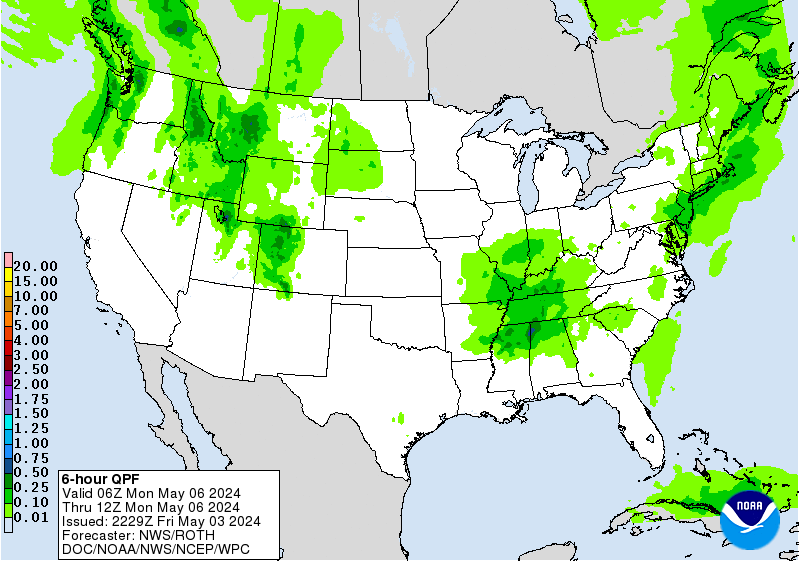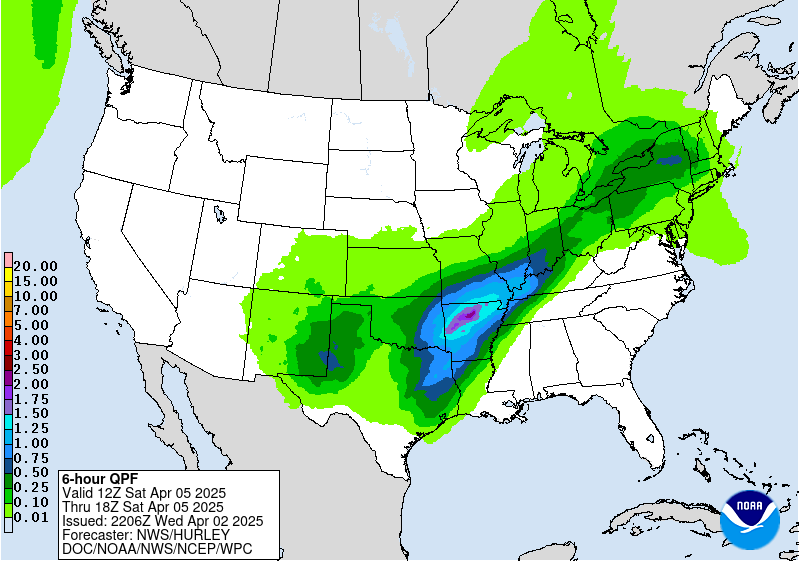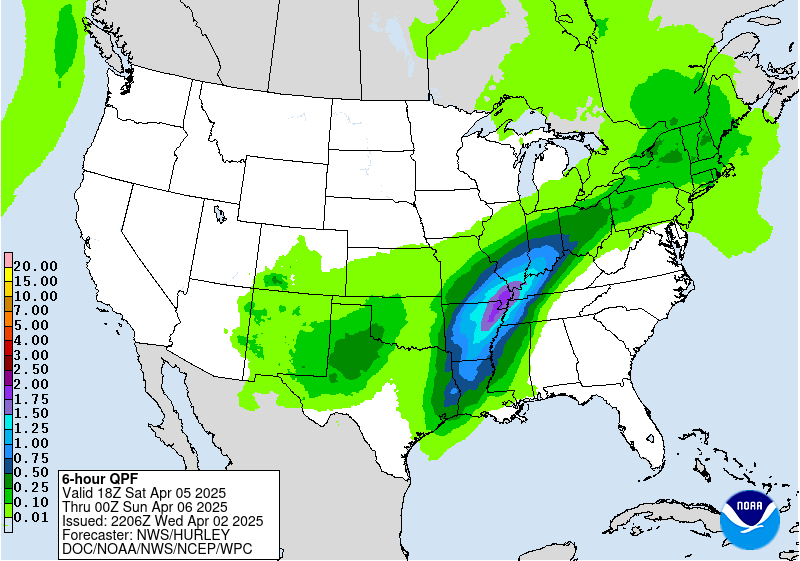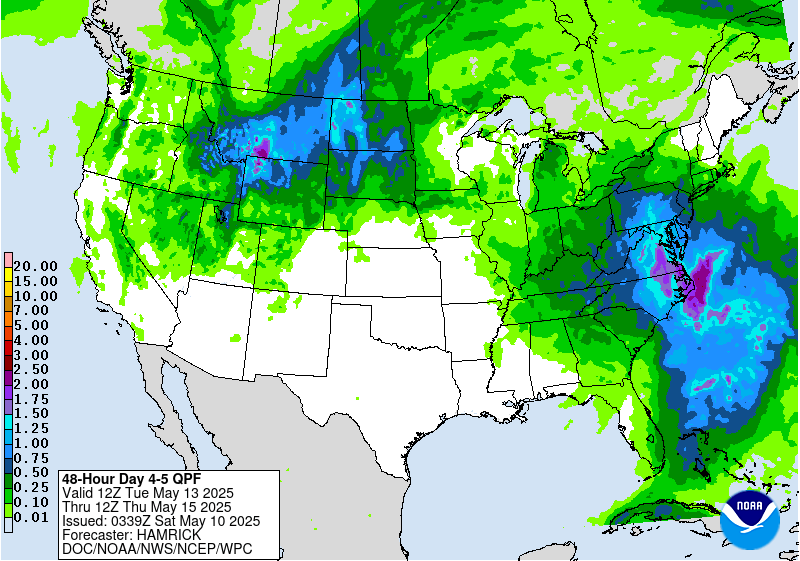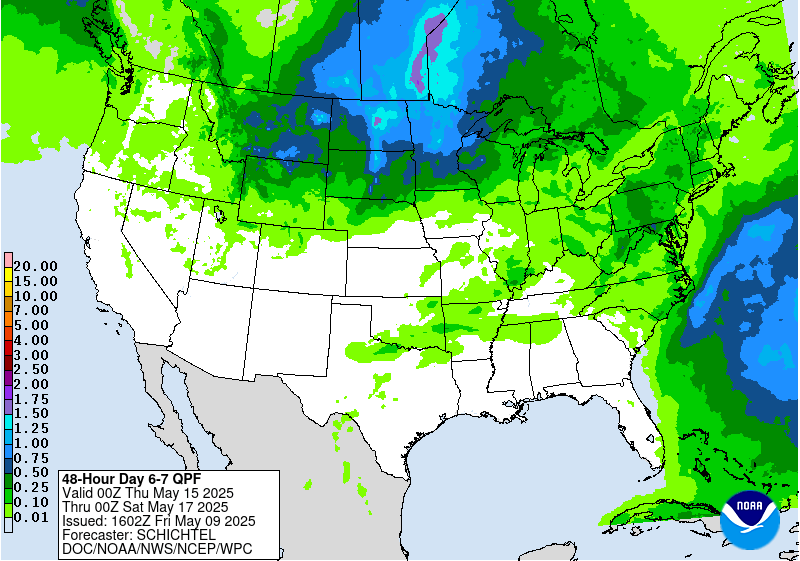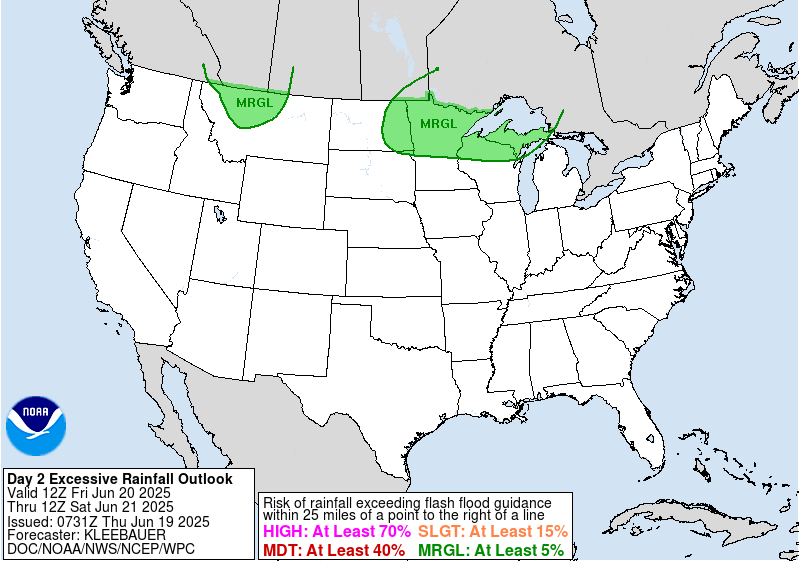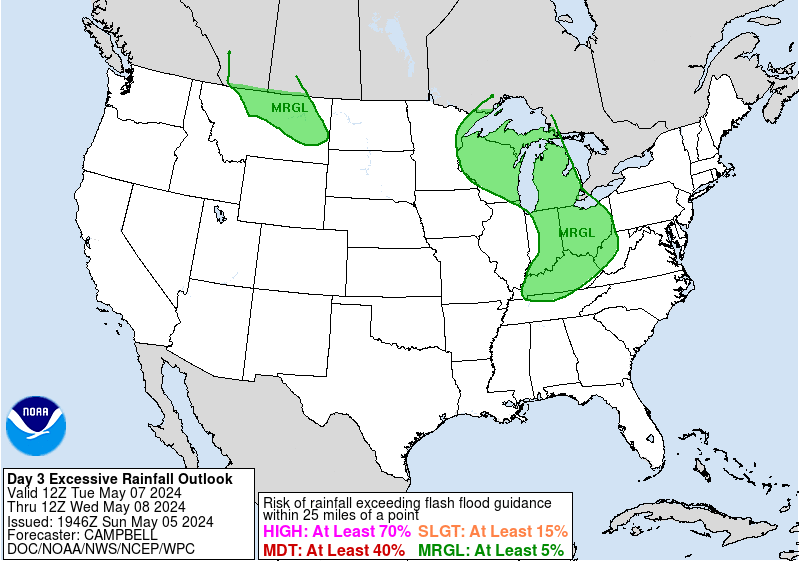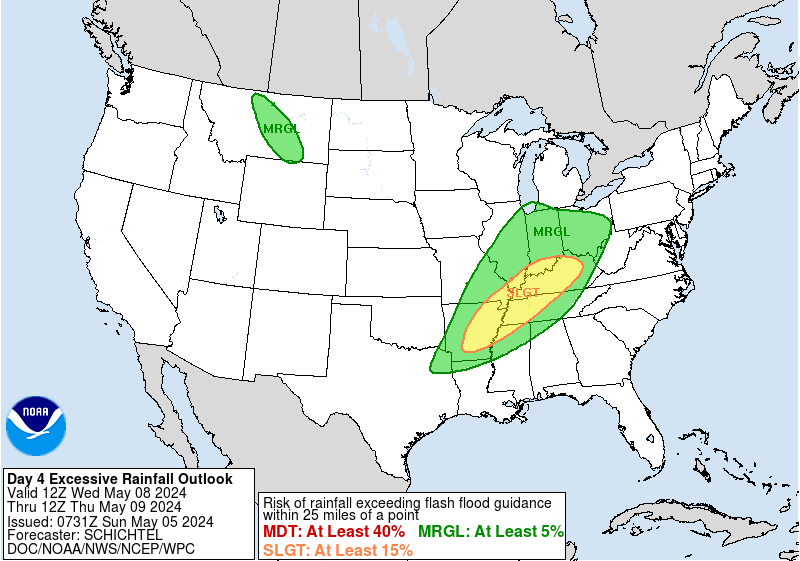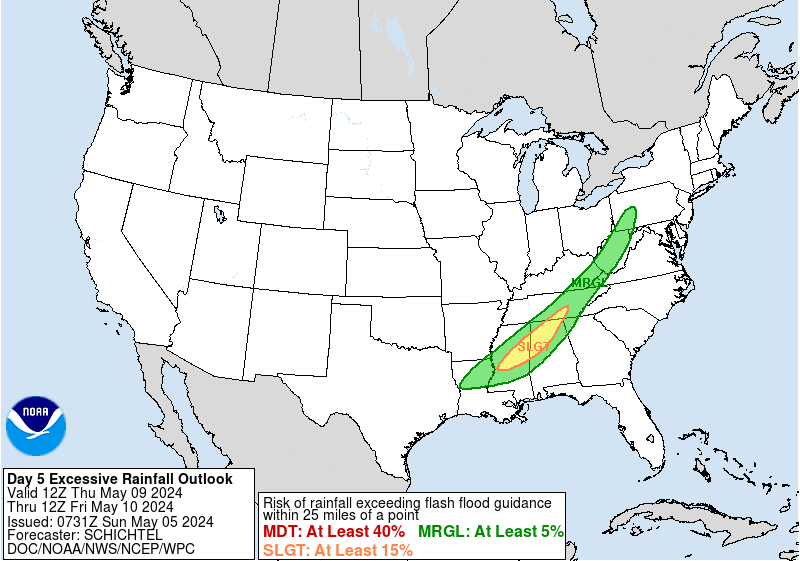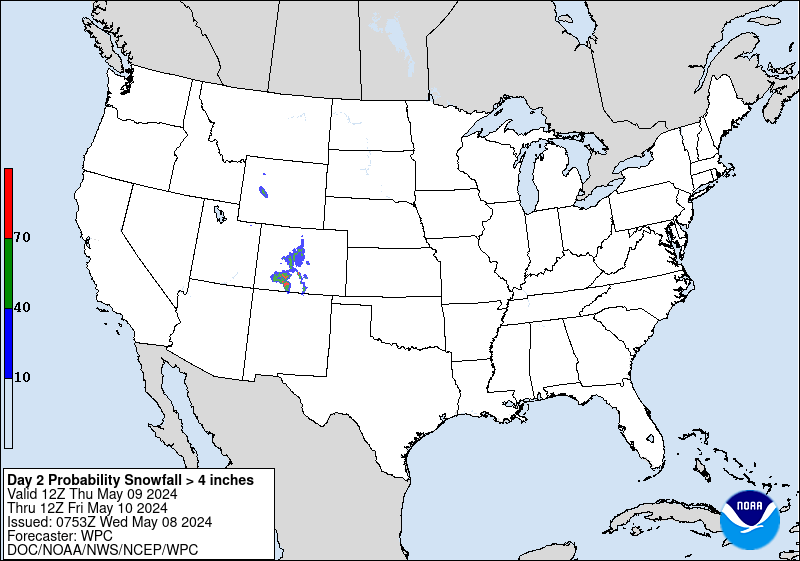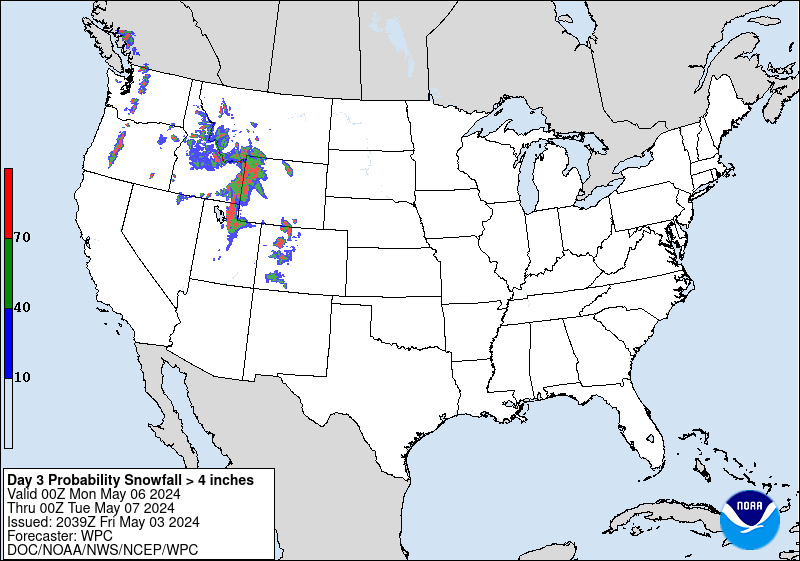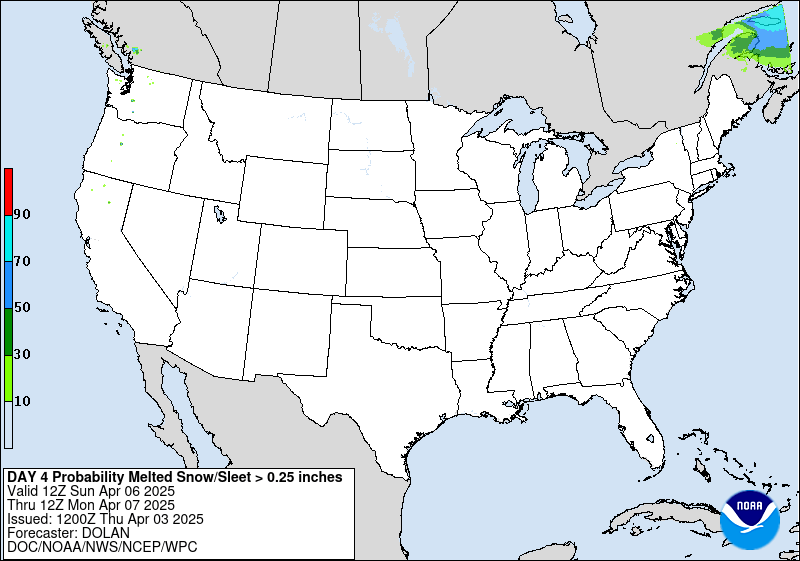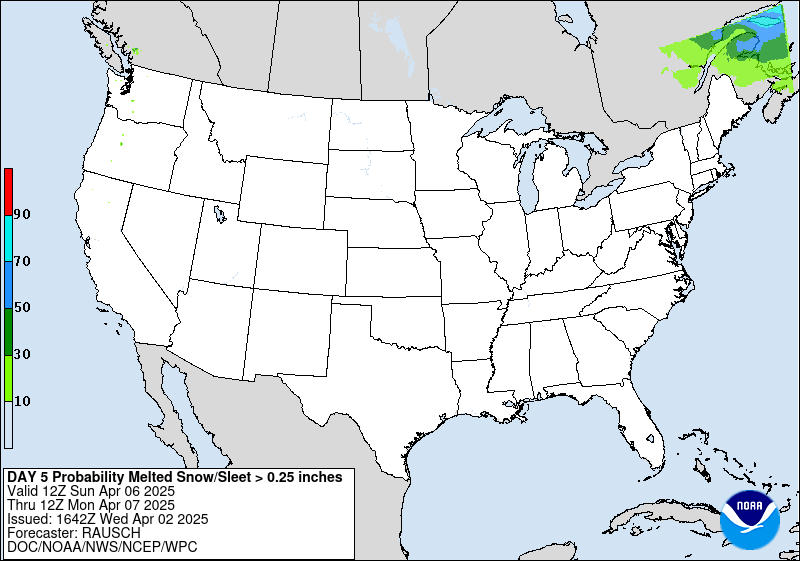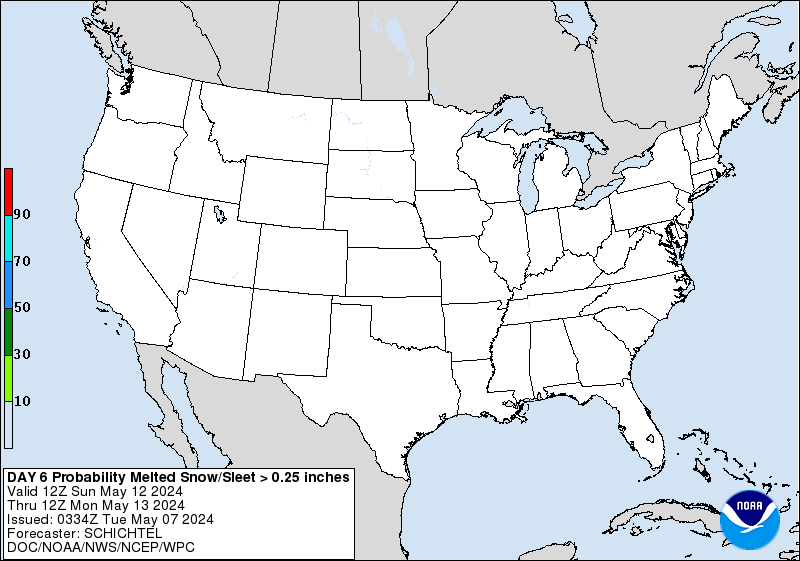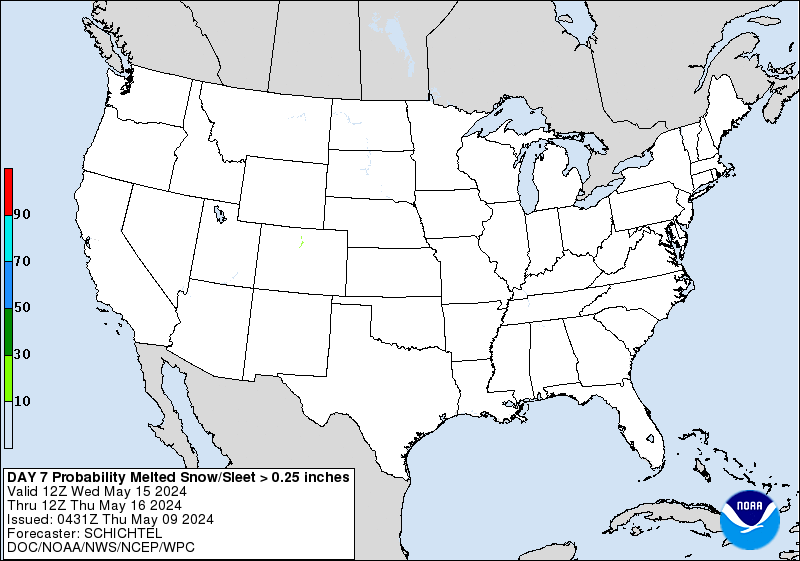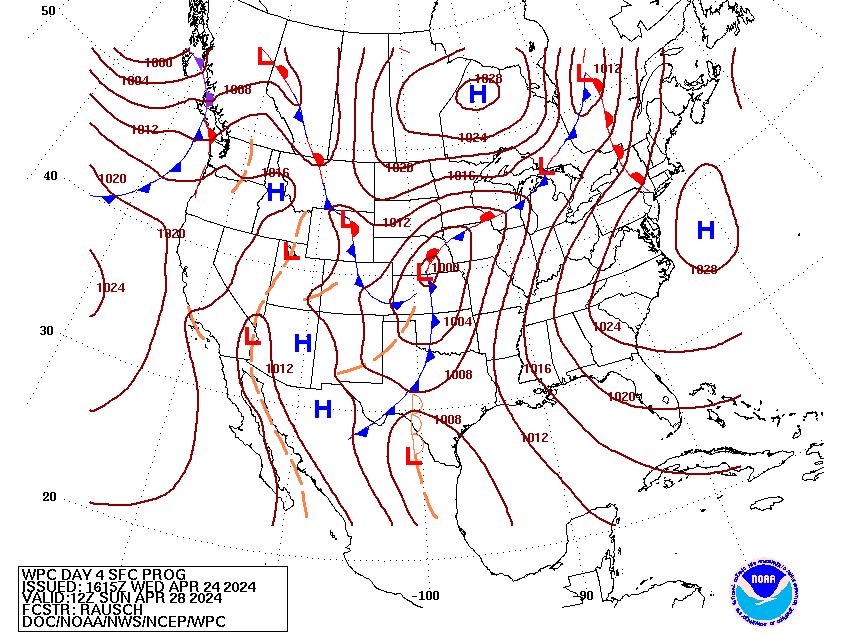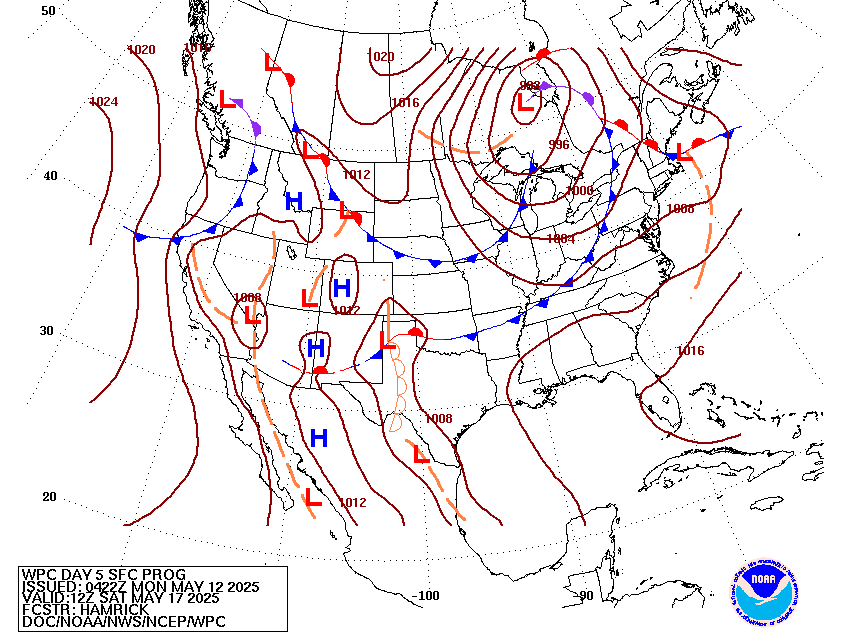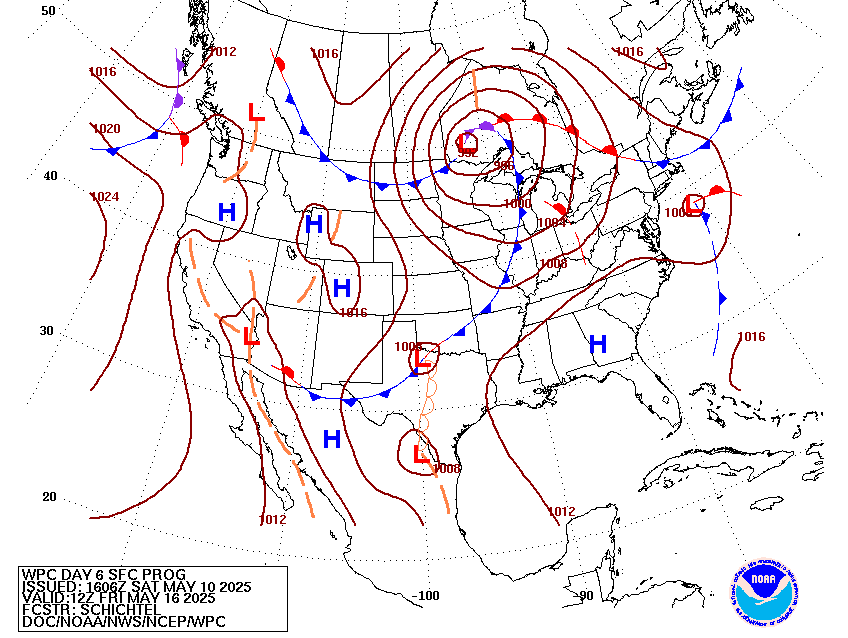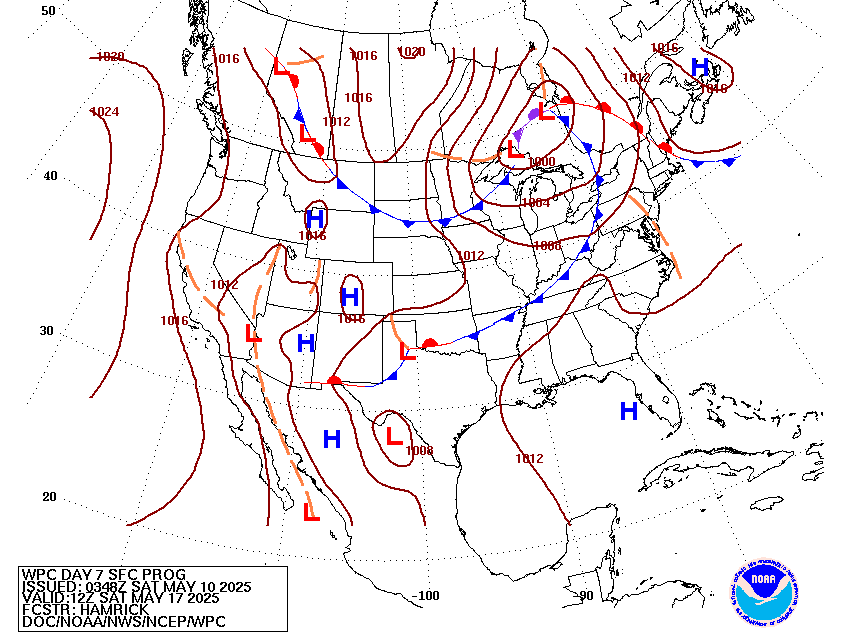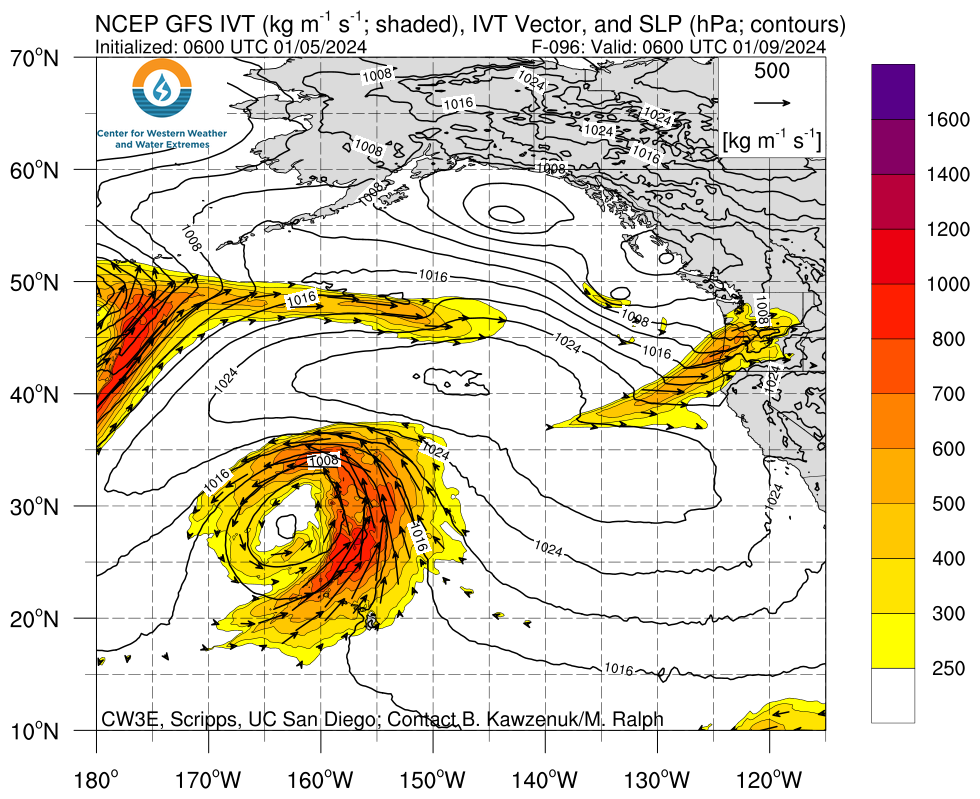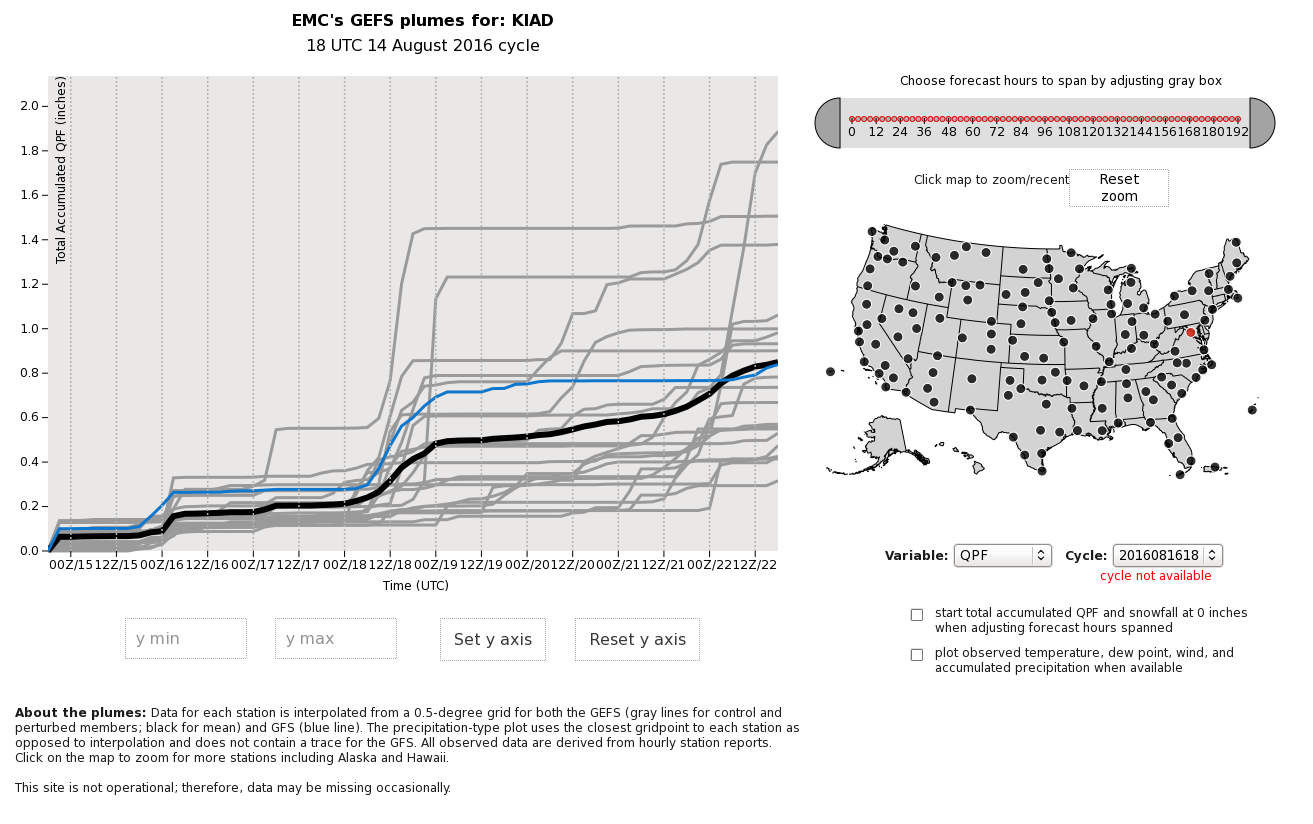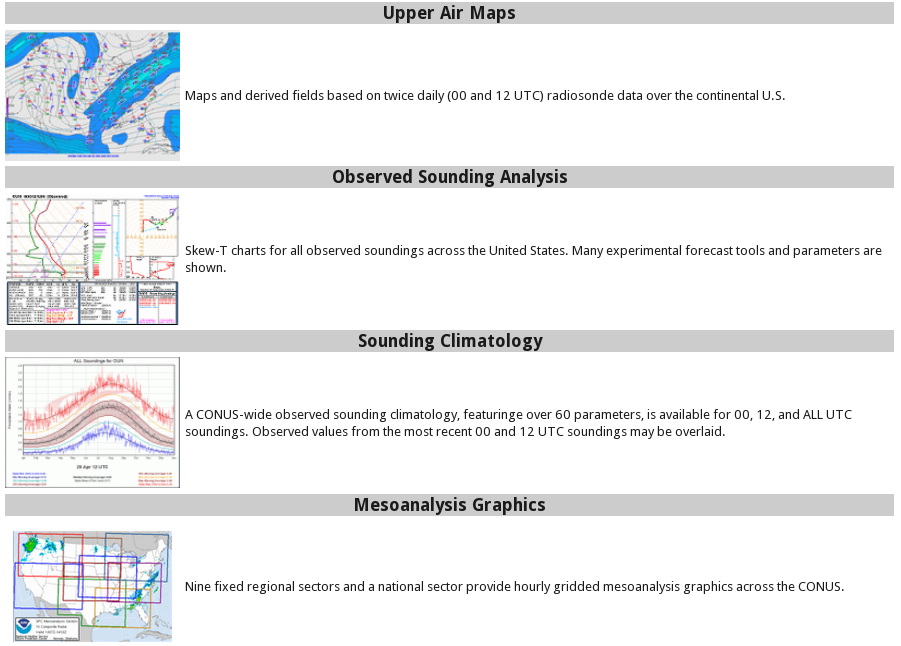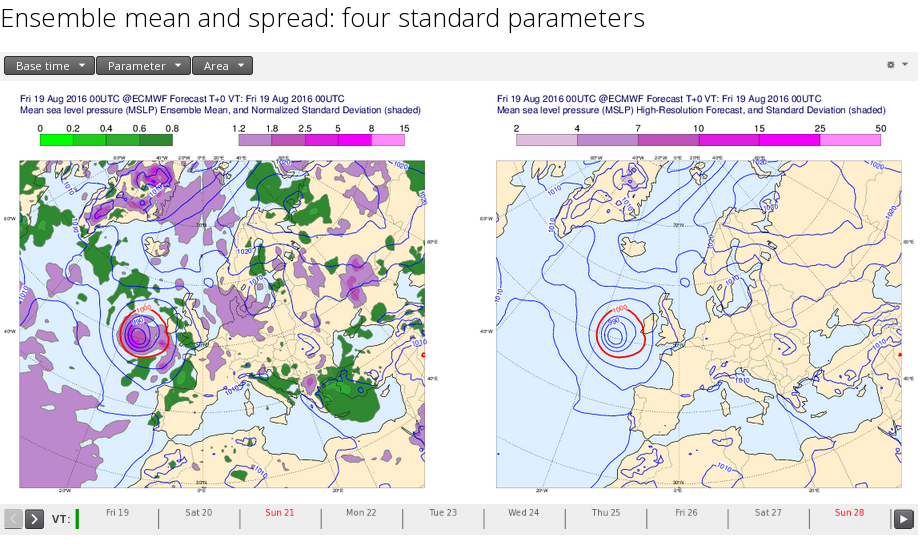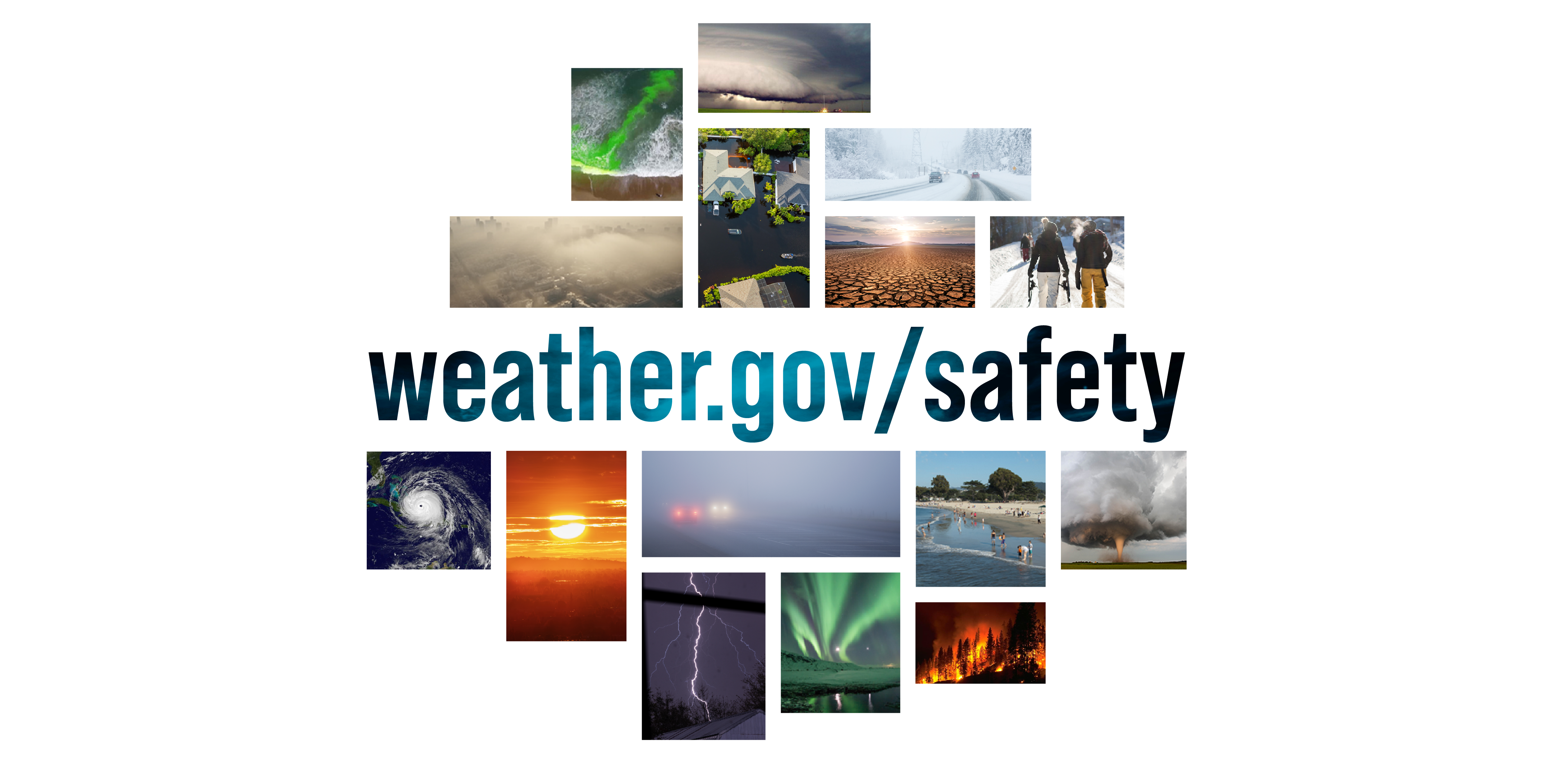Excessive Rainfall Discussion
NWS Weather Prediction Center College Park MD
759 PM EST Fri Nov 14 2025
Day 1
Valid 01Z Sat Nov 15 2025 - 12Z Sat Nov 15 2025
...THERE IS A MODERATE RISK OF EXCESSIVE RAINFALL FOR PORTIONS OF
SOUTHERN CALIFORNIA...
...0100 UTC Update...
...Southern California...
The latest Day 1 ERO update included an expansion of the Slight
Risk area along the Transverse Ranges to the Central CA Coast,
while a also nudging the Moderate Risk area Slightly westward to
include more of the Santa Barbara area. The reasons were two-fold.
First, they incorporate the heavier rain that has already fallen
(especially areas west of KSBA). Secondly, the slight westward
adjustment also aligns with the latest high-res guidance
expectations from recent HRRRs along with the 18Z HREF and 12Z RRFS
ensemble suite. The Moderate Risk area aligns well with the
highest probability of >0.50"/hr rainfall rates later tonight
(after 06Z, and especially after 09Z when those probabilities climb
to over 60%), along with where the highest probabilities of >3"
will fall through 12Z (25-30%)
Hurley
Day 1 threat area:
www.wpc.ncep.noaa.gov/qpf/94epoints.txt
Excessive Rainfall Discussion
NWS Weather Prediction Center College Park MD
318 AM EST Sat Nov 15 2025
Day 1
Valid 12Z Sat Nov 15 2025 - 12Z Sun Nov 16 2025
...THERE IS A MODERATE RISK OF EXCESSIVE RAINFALL FOR PORTIONS OF
SOUTHERN CALIFORNIA...
A large and energetic upper level low centered off the coast of
southern California will approach and make its way inland during
this period. As the low approaches this morning, it will draw a
very moisture-rich moisture plume into southern California, due to
its connection with the tropics. This will be in the form of an
atmospheric river. While it has been raining in light to moderate
intensity over much of the overnight period, when this atmospheric
river approaches, it will cause a notable increase in rainfall
intensity. This is due not only to the moisture content of the
atmosphere increasing to nearly 1.5 inches PWAT, but also the
advection of instability. 400 J/kg of MUCAPE is expected at the
peak of the event late this morning. This will support scattered
elevated convection. Thunderstorms with maximum rainfall rates to 1
inch per hour are likely across much of coastal southern California
today.
Rainfall totals yesterday broadly ranged from between 1/2 and 1
inch across the L.A. basin to 1.5 to 2 inches from Santa Barbara
west to Point Conception. Today with multiple rounds of showers and
thunderstorms capable of heavy rain, expect those amounts to at
least double from San Diego north to Point Conception. As usual in
these strong southerly flow setups, the heaviest rains will be in
the Transverse Ranges north of L.A., with likely runoff impacting
the adjacent urban areas. Given the area's sensitivity to heavy
rain, the Moderate Risk was largely left the same with this update,
albeit with a small southward expansion over all of Orange County
and far northern San Diego County. Otherwise there were no major
changes as the event remains on track with good agreement in the
guidance.
Around midday, the back edge of the heaviest rains will move
across the coast, reducing further rainfall to scattered off-and-on
showers for much of the rest of the forecast period. The vigorous
shortwave forcing the heaviest rain will push north into the
interior of the Southwest, ending the heavy rain threat at the
coast. Thus, the heavy rain threat will continue further inland
across the southeastern California deserts, as well as into
southern Nevada and western Arizona. The greatest forcing inland
will be across the southern Sierra Nevada from Bakersfield north
and east to southwestern Nevada. It's in this region that the
greatest threat for inland flooding will be present, and where a
higher end Slight Risk remains in effect. Given it's November, the
higher elevations of the southern Sierra Nevada will see multiple
feet of snow from this event.
For Las Vegas, expect light rain to impact the city and points west
for much of the morning, but the heaviest rains will move through
from midday into the evening. Being further inland with a bit less
moisture to work with, a Slight Risk remains in effect for that
area with few changes to the overall forecast.
Finally, the upper low itself will move ashore in the late
afternoon, then track northeast to near the Lake Tahoe region by
12Z. Wraparound rainfall, while much lighter, will persist from the
Bay Area south to Santa Barbara, which could worsen any ongoing
flooding occurring there late tonight.
Wegman
Day 1 threat area:
www.wpc.ncep.noaa.gov/qpf/94epoints.txt
Excessive Rainfall Discussion
NWS Weather Prediction Center College Park MD
318 AM EST Sat Nov 15 2025
Day 2
Valid 12Z Sun Nov 16 2025 - 12Z Mon Nov 17 2025
...THERE IS A MARGINAL RISK OF EXCESSIVE RAINFALL FOR MUCH OF
CENTRAL AND NORTHERN CALIFORNIA AS WELL AS FOR SOUTHWEST UTAH...
...Central and Northern California...
The upper level low and its associated energy that brought the
heavy rainfall Day 1/today will rapidly lift northeastward into the
Intermountain West and weaken through the day, meaning its
influence on the sensible weather across California will be limited
to the very early morning. Much of the rainfall associated with
this Marginal Risk will be associated with another deep trough that
will dig southward and cut off by 12Z Monday. As the low tracks
roughly parallel to the coast, additional shortwave energy
embedded within the low will force widespread light to moderate
rainfall across much of northern California on Sunday. The low's
trailing cold front will cause the precipitation shield associated
therewith spread southward down the coast into late Sunday night.
The Marginal for points south of San Luis Obispo will be mostly due
to heavy rainfall in the area from Saturday, since the duration and
intensity of rainfall during this Day 2/Sunday period will be
rather minimal. Regardless, rainfall amounts overall across all of
northern California will be significantly lower than the heavy rain
expected across southern California today. Since most of the area
can handle the inch or less of rain expected in most areas away
from the favored upslope areas of the northern Sierra Nevada and
the Klamath mountains.
...Southwest Utah...
As the shortwave from today lifts north across Nevada and into
Idaho, there will be a prolonged period of SSW flow into
southwestern Utah on Sunday. Further, weakening but still potent
secondary shortwave energy riding south and east of the first upper
shortwave will cause both shortwaves to turn negatively tilted
during the day. This will increase the lift favorable for heavy
rain. Across the Pine Valley Mountains area of southwest Utah, the
mountains there are the first a south-southwest flow up the
Colorado River Valley encounter. Thus, some guidance is hinting at
outsized rainfall amounts that could impact the area due to the
added upslope and locally greater moisture moving into those
mountains. Flooding potential will also be increased in this area
due to the presence of a burn scar with a history of flash flooding
resulting from heavy rain. A Marginal Risk was added to this area
due to the multiple pieces of guidance showing higher heavy rain
potential.
Wegman
Day 2 threat area:
www.wpc.ncep.noaa.gov/qpf/98epoints.txt
Excessive Rainfall Discussion
NWS Weather Prediction Center College Park MD
318 AM EST Sat Nov 15 2025
Day 3
Valid 12Z Mon Nov 17 2025 - 12Z Tue Nov 18 2025
...THERE IS A SLIGHT RISK OF EXCESSIVE RAINFALL FOR MUCH OF THE LOS
ANGELES BASIN OF SOUTHERN CALIFORNIA...
A cutoff low tracking south down the coast of California will move
across the hard-hit areas of the Los Angeles Basin on Monday. As it
moves through, the upper level cold air associated with the low
will once again increase instability around the low. Thus, expect
another 1-3 rounds of showers and embedded elevated thunderstorms
to move across the L.A. Basin through the day and into Monday
night.
A few things to note about this round of heavy rain: 1) Unlike
today's low, this low will be moving south-south-east with time. It
should have somewhat less tropical moisture to work with as
compared with today's low. PWATs will struggle to approach 1 inch.
This is because the southward movement will draw cooler and drier
air from the north Pacific with it, instead of having a fetch from
the tropics. However, the cooler air with it would mean a bit more
instability. Thus, while the storms may be a bit stronger than
today in some areas and at times, the much lower moisture levels
will more than offset that. 2) The low will be a bit faster mover,
towards the SSE, parallel to the coast. The faster movement should
allow any storms to also be faster movers, limiting the time any
one area is in heavy-rain-producing storms. 3) The storms will be
moving SE with time on Monday as contrasts the northward storm
movement of the storms today. This too should mean the storms will
have less upslope into the Transverse Ranges, as they'll be moving
more parallel to the mountains. All of these factors should limit
the rainfall.
Meanwhile, the one thing that Monday's storms have going for them
above the storms that today will have is antecedent conditions, as
the heavy rain from today will have risen local stream and creek
levels such that the lesser amounts of rain expected Monday will be
starting at a higher starting point than the rain expected today.
This is the rationale for the Slight Risk upgrade.
Wegman
Day 3 threat area:
www.wpc.ncep.noaa.gov/qpf/99epoints.txt
Extended Forecast Discussion
NWS Weather Prediction Center College Park MD
1230 PM EST Fri Nov 14 2025
An initially closed southern stream upper low/trough will eject
out from the Southwest/Rockies to the Plains by Monday and then
shear eastward. This occurs as kicker upper troughing upstream
reaches the West Coast to promote another round of enhanced
precipitation. However, moisture feed into the West should be much
weaker than the system during the short range period. Even so, have
maintained a Marginal Risk Excessive Rainfall threat for Day
4/Monday for southern California as this area tends to be sensitive
due to terrain enhancement of precipitation and burn scars, and
precursor heavy rains. Rain and higher elevation snow will continue
tracking east into Tuesday, and yet another possible upper trough
may bring additional precipitation to the West Coast by Thursday.
Precipitation could be moderate or heavy at times to monitor.
A frontal system emerging into the central U.S. on Monday should
start to spread rain through the Plains, Middle Mississippi Valley,
and Ohio Valley, with perhaps some snow/mix on the northern edge
of the precipitation shield. The complex front is currently
forecast to stretch across the southern Plains to Mississippi
Valley and Ohio/Tennessee Valley on Tuesday, bringing rain chances
there and into the southern/central Appalachians and Mid-Atlantic.
Another front should reach the Plains into mid-later next week
along with troughing aloft, with deeper return moisture into the
front offering a threat of an emerging heavy rainfall pattern
across the south-central U.S. along with potential thunderstorms.
Several models indicate the potential for several inches of rain,
which can bring a flood risk if this trend continues. There is also
an increasing concern for severe weather beginning Wednesday.
Temperatures are forecast to be warmer than average for much of
the central to southern U.S. on Sunday. Highs in the 60s should
reach the central High Plains, around 10-15 degrees above average,
while highs in the 80s will be common across Texas, Louisiana, and
Florida with 70s across the rest of the Southeast. The southern
Plains to Southeast can expect temperatures to remain warmer than
average through much of next week to the south of the west-east
oriented front. There are some model differences in frontal
position that will be the dividing line between near normal to
above normal conditions, so the temperature forecasts will continue
to be refined. Meanwhile the rounds of troughing in California to
the Southwest will lead to below average highs there most days.
Oudit/Schichtel
Extended Forecast Discussion
NWS Weather Prediction Center College Park MD
1230 PM EST Fri Nov 14 2025
An initially closed southern stream upper low/trough will eject
out from the Southwest/Rockies to the Plains by Monday and then
shear eastward. This occurs as kicker upper troughing upstream
reaches the West Coast to promote another round of enhanced
precipitation. However, moisture feed into the West should be much
weaker than the system during the short range period. Even so, have
maintained a Marginal Risk Excessive Rainfall threat for Day
4/Monday for southern California as this area tends to be sensitive
due to terrain enhancement of precipitation and burn scars, and
precursor heavy rains. Rain and higher elevation snow will continue
tracking east into Tuesday, and yet another possible upper trough
may bring additional precipitation to the West Coast by Thursday.
Precipitation could be moderate or heavy at times to monitor.
A frontal system emerging into the central U.S. on Monday should
start to spread rain through the Plains, Middle Mississippi Valley,
and Ohio Valley, with perhaps some snow/mix on the northern edge
of the precipitation shield. The complex front is currently
forecast to stretch across the southern Plains to Mississippi
Valley and Ohio/Tennessee Valley on Tuesday, bringing rain chances
there and into the southern/central Appalachians and Mid-Atlantic.
Another front should reach the Plains into mid-later next week
along with troughing aloft, with deeper return moisture into the
front offering a threat of an emerging heavy rainfall pattern
across the south-central U.S. along with potential thunderstorms.
Several models indicate the potential for several inches of rain,
which can bring a flood risk if this trend continues. There is also
an increasing concern for severe weather beginning Wednesday.
Temperatures are forecast to be warmer than average for much of
the central to southern U.S. on Sunday. Highs in the 60s should
reach the central High Plains, around 10-15 degrees above average,
while highs in the 80s will be common across Texas, Louisiana, and
Florida with 70s across the rest of the Southeast. The southern
Plains to Southeast can expect temperatures to remain warmer than
average through much of next week to the south of the west-east
oriented front. There are some model differences in frontal
position that will be the dividing line between near normal to
above normal conditions, so the temperature forecasts will continue
to be refined. Meanwhile the rounds of troughing in California to
the Southwest will lead to below average highs there most days.
Oudit/Schichtel
